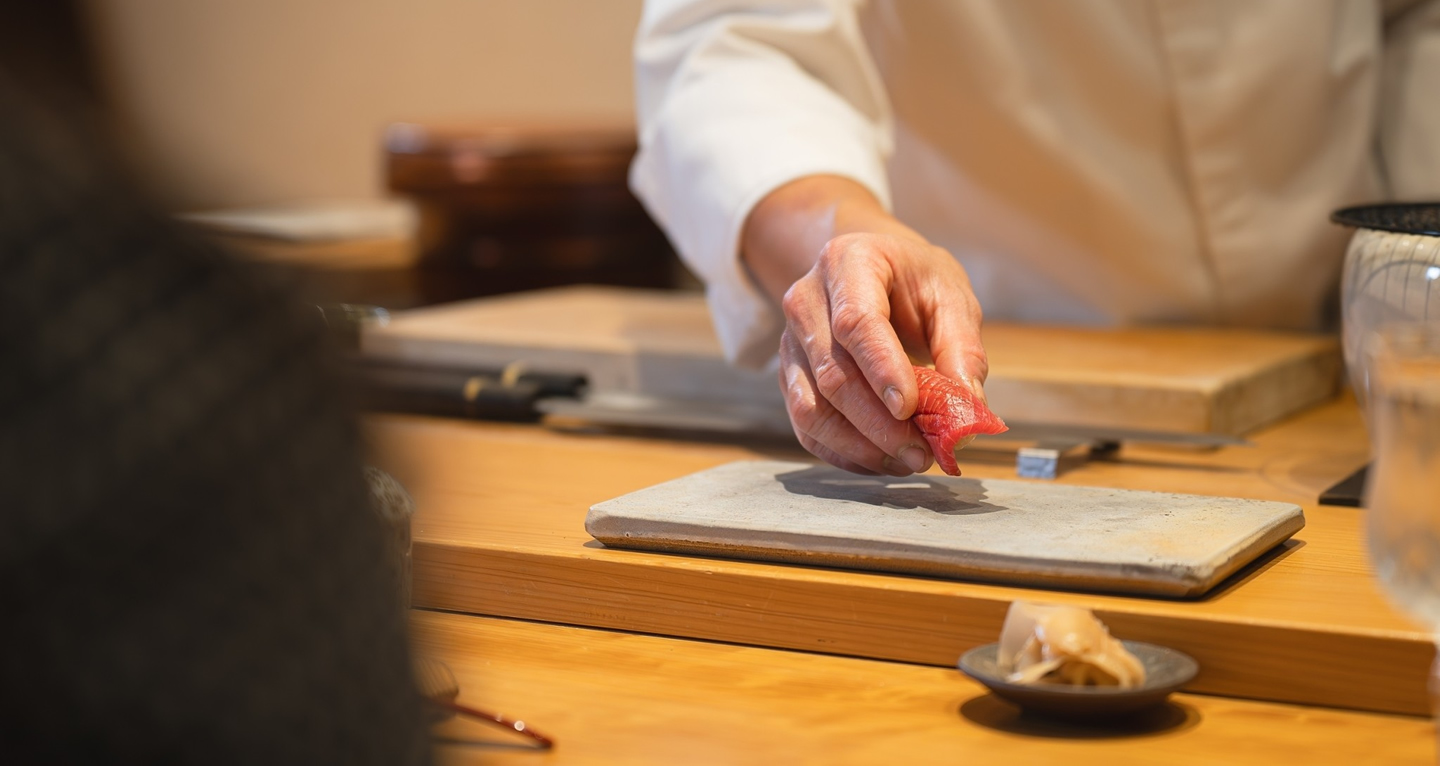Recommended sushi restaurants in Hyogo, Japan
-

Nagari Sushi Ren
Sushi restaurant in Hyogo [SUSHILIVE comment] -


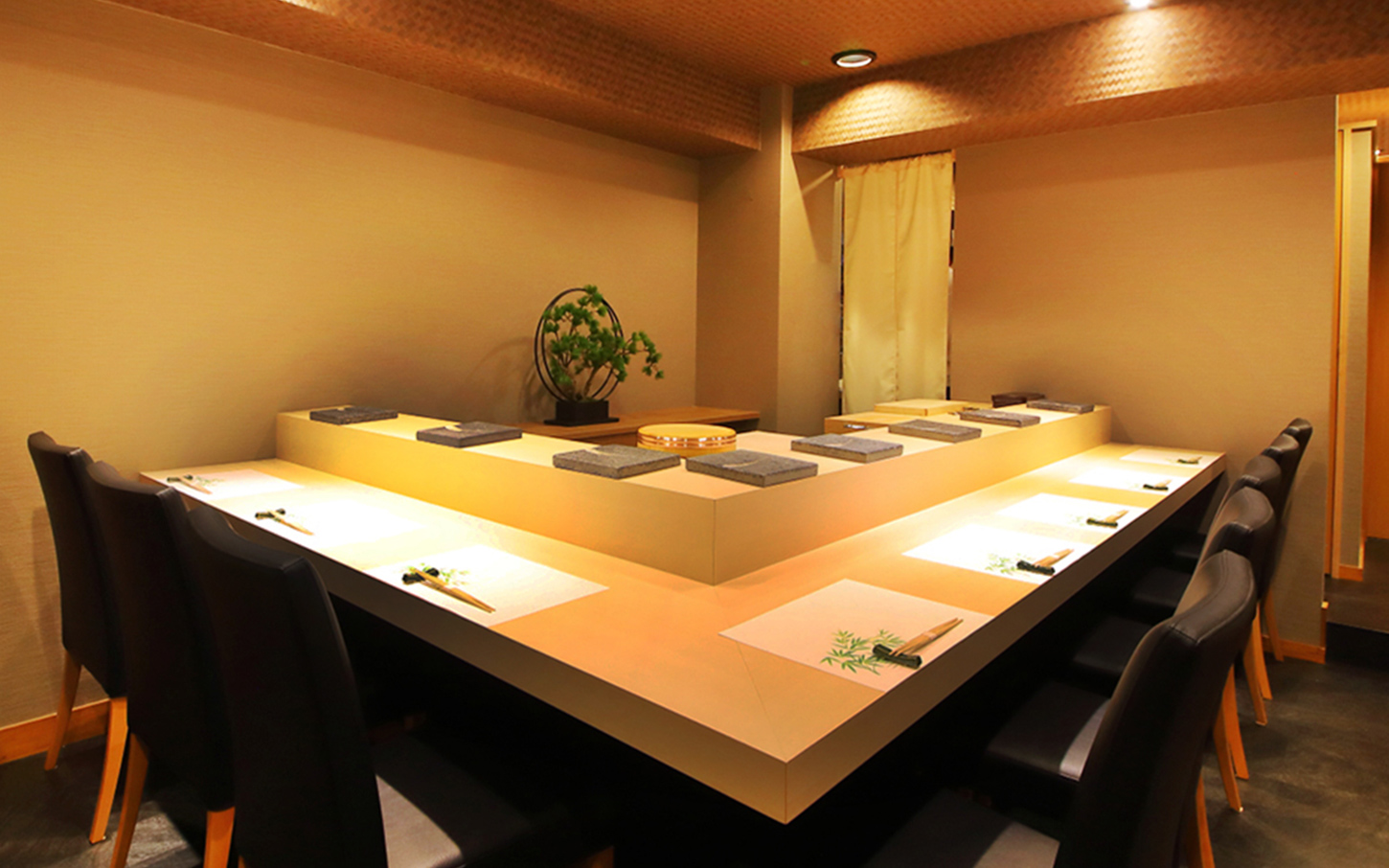
Sushi Kobe Matsumoto
Sushi restaurant in Hyogo [SUSHILIVE comment] -


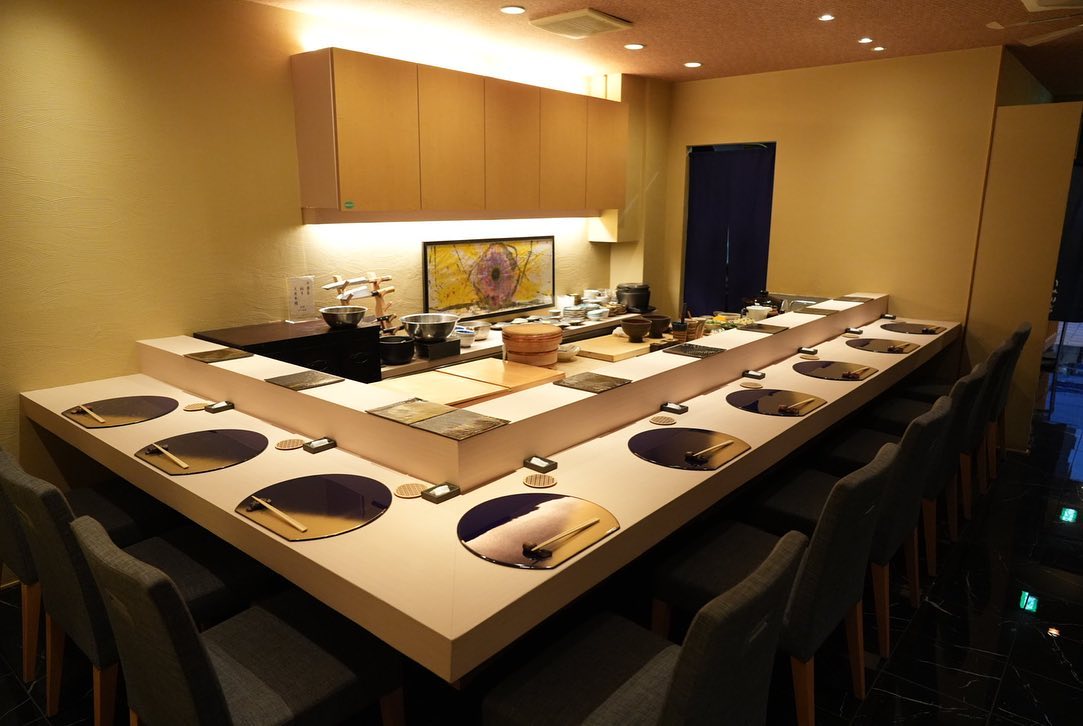
Sushi Takahama
Sushi restaurant in Hyogo [SUSHILIVE comment] -


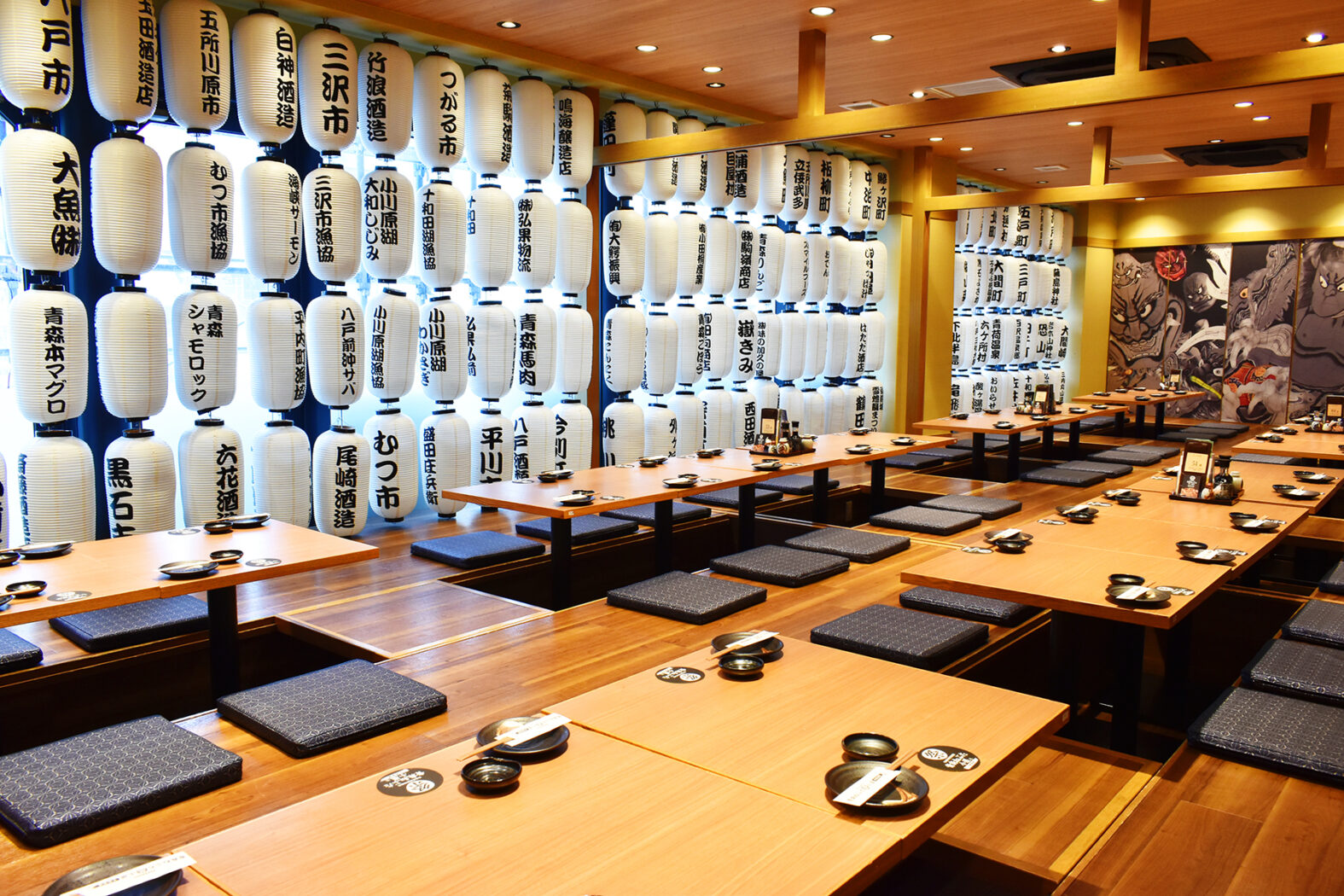
Aomori Nebuta World, Sannomiya Main Store
Sushi restaurant in Hyogo [SUSHILIVE comment] -


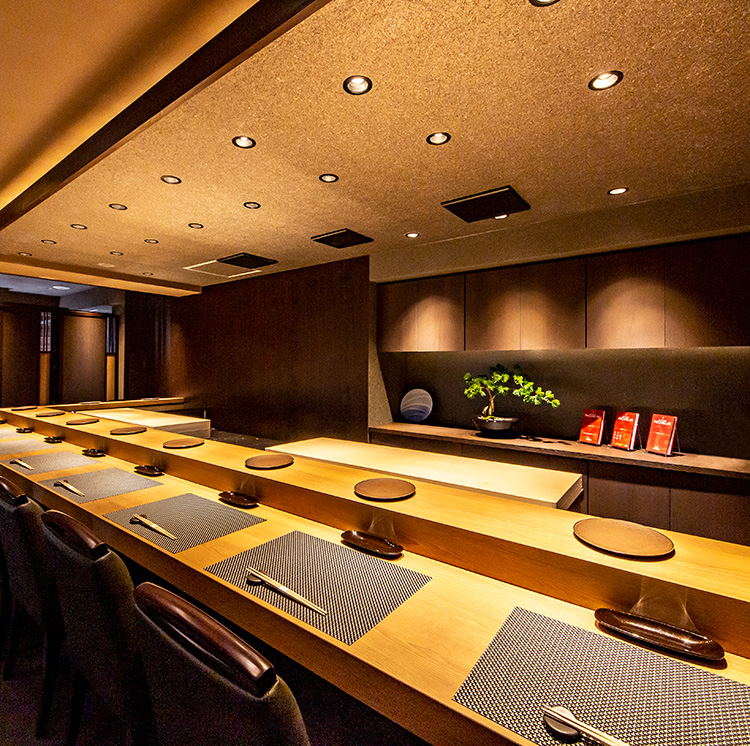
Kobe Sannomiya Sushi Shiori An Yamashiro
Sushi restaurant in Hyogo [SUSHILIVE comment] -


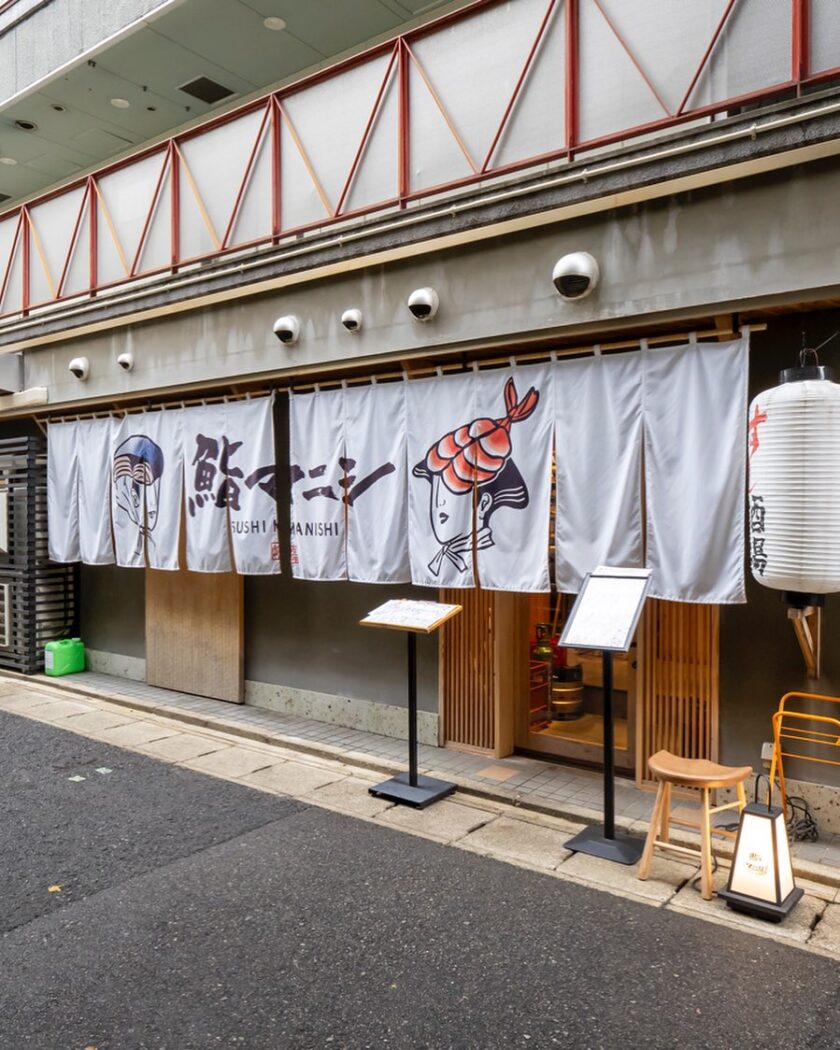
Sushi Manishi Kobe Sannomiya
Sushi restaurant in Hyogo [SUSHILIVE comment] -



Sannomiya Sushiebisu
Sushi restaurant in Hyogo [SUSHILIVE comment] -



Uramasa Sushi Villa
Sushi restaurant in Hyogo [SUSHILIVE comment] -


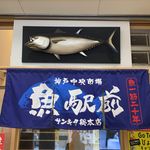
Fish Ekimae Sankita Sohonten
Sushi restaurant in Hyogo [SUSHILIVE comment] -


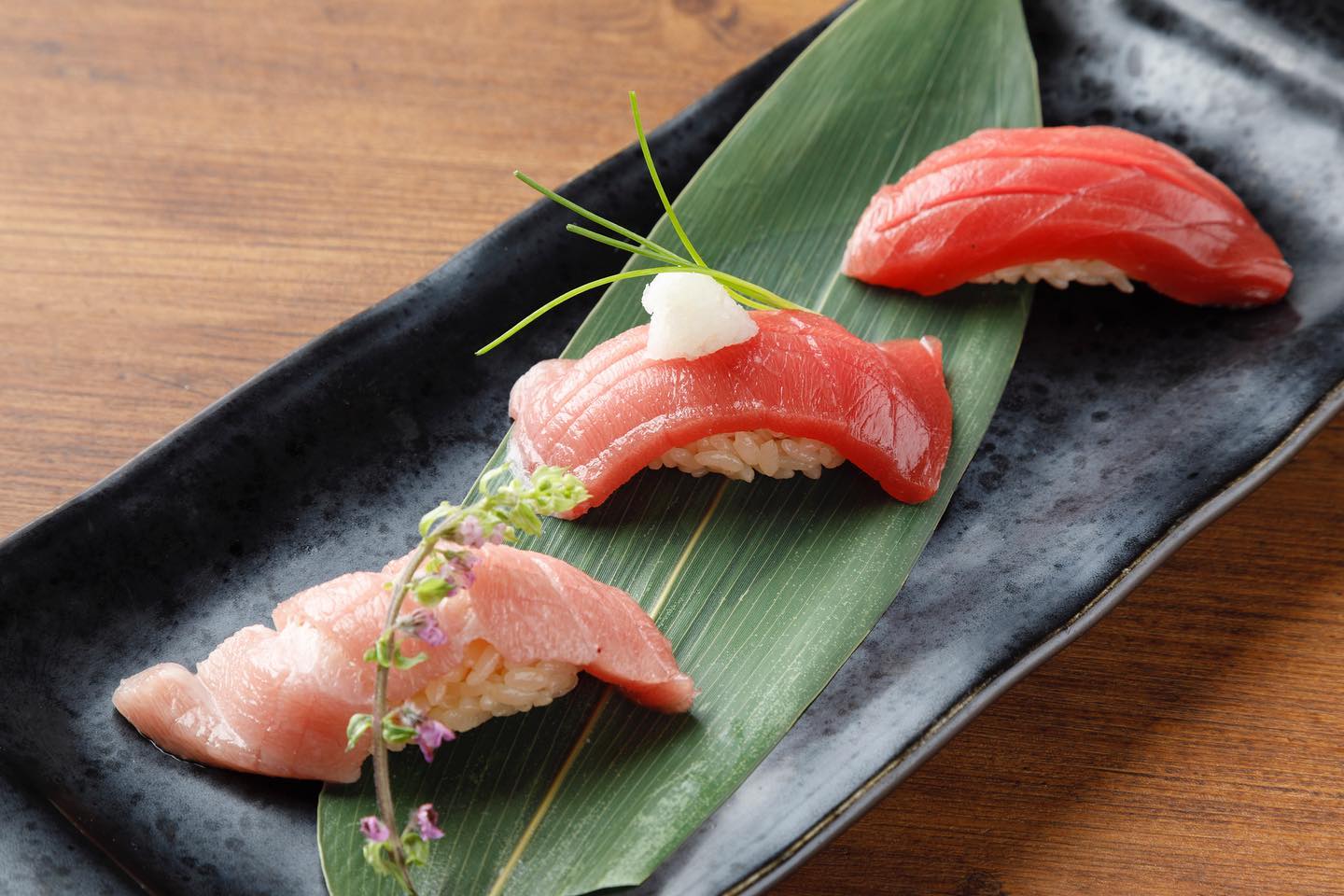
Public Sushi Bar, Susabiyu, Sannomiya
Sushi restaurant in Hyogo [SUSHILIVE comment] -


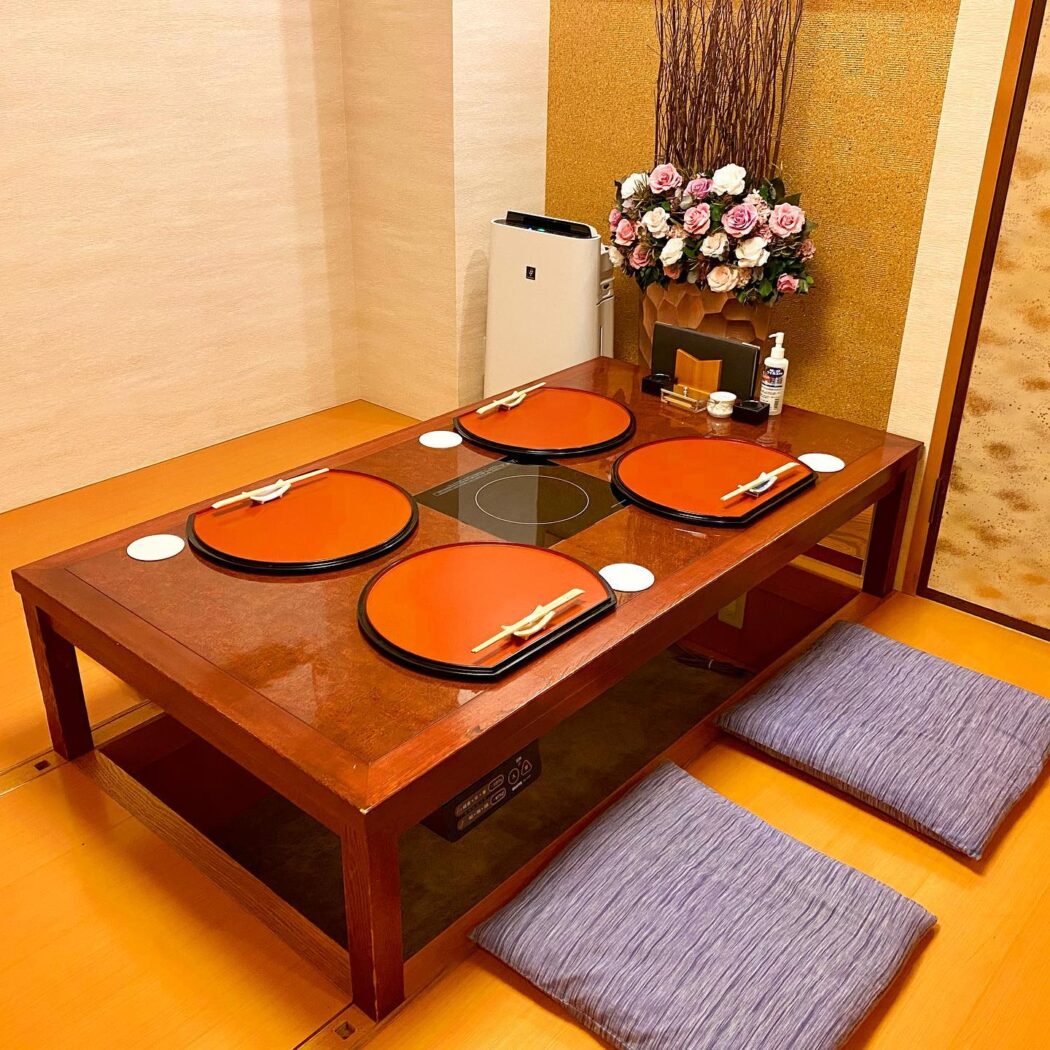
Sushi & Kappou Weisui
Sushi restaurant in Hyogo [SUSHILIVE comment] -


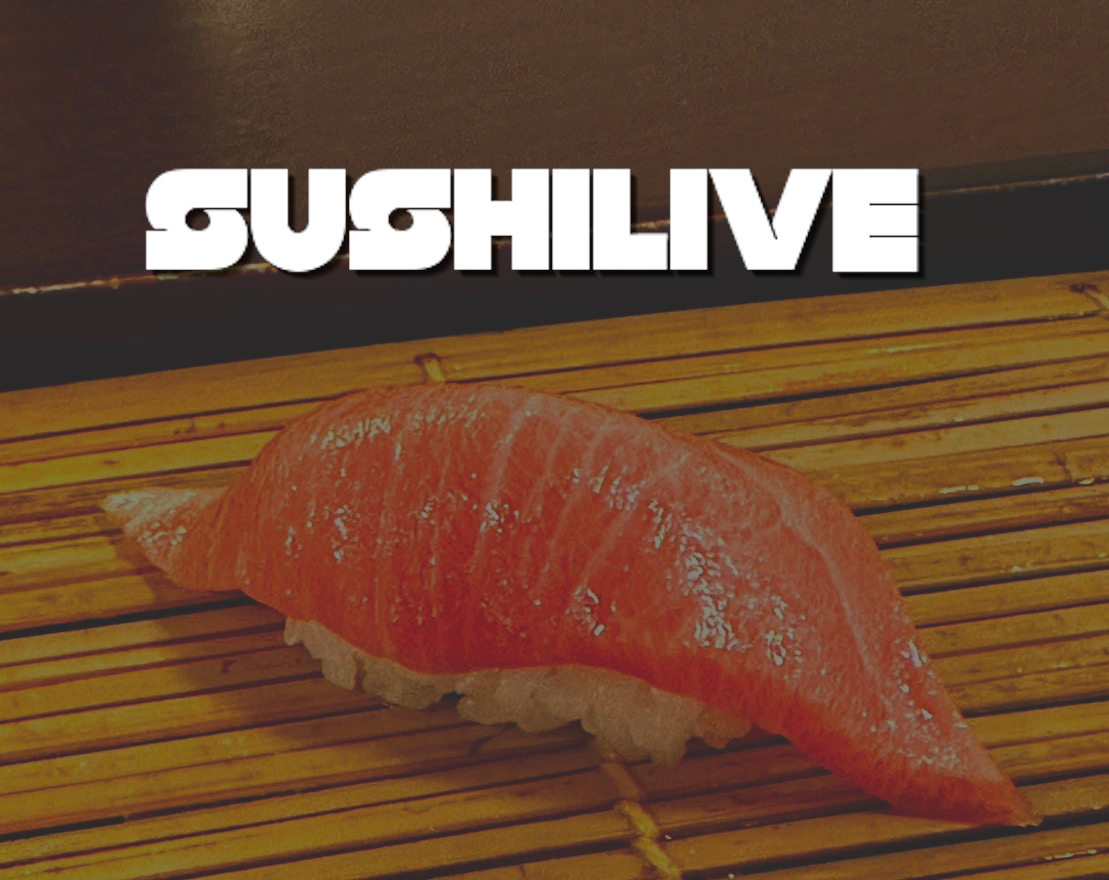
Tai Riki Sushi Mikage
Sushi restaurant in Hyogo [SUSHILIVE comment] -


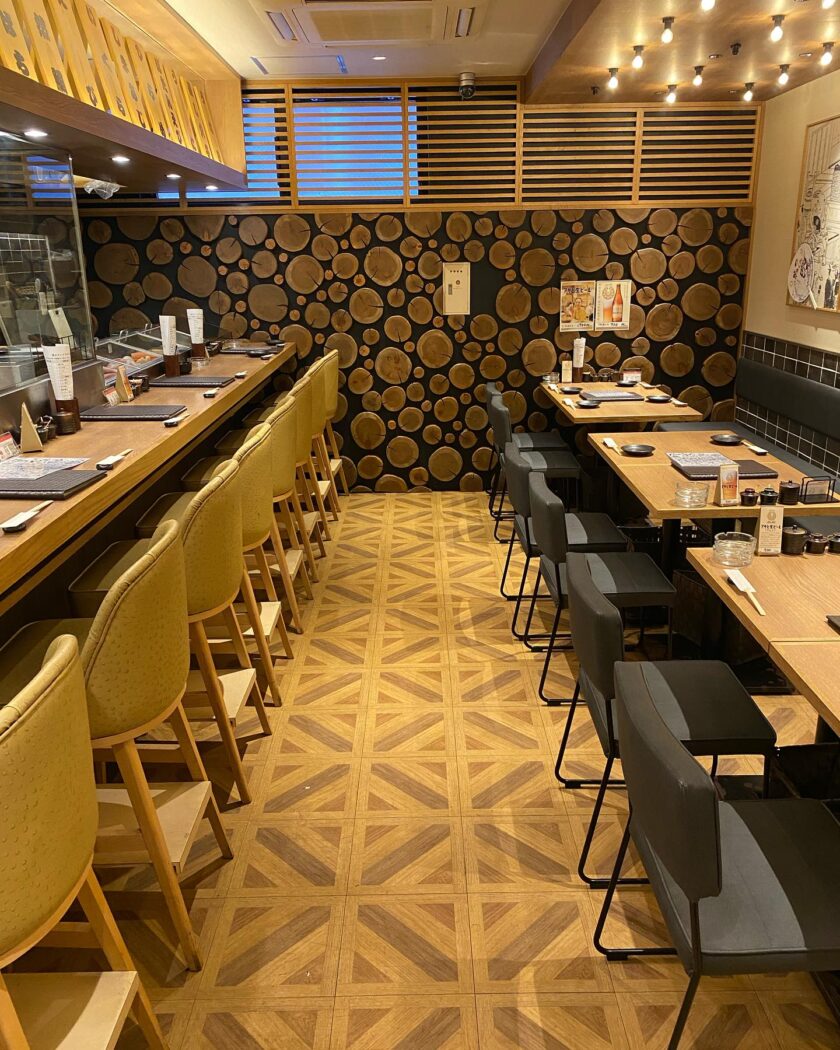
Sushi and Straw Grill Fishery Sannomiya
Sushi restaurant in Hyogo [SUSHILIVE comment] -


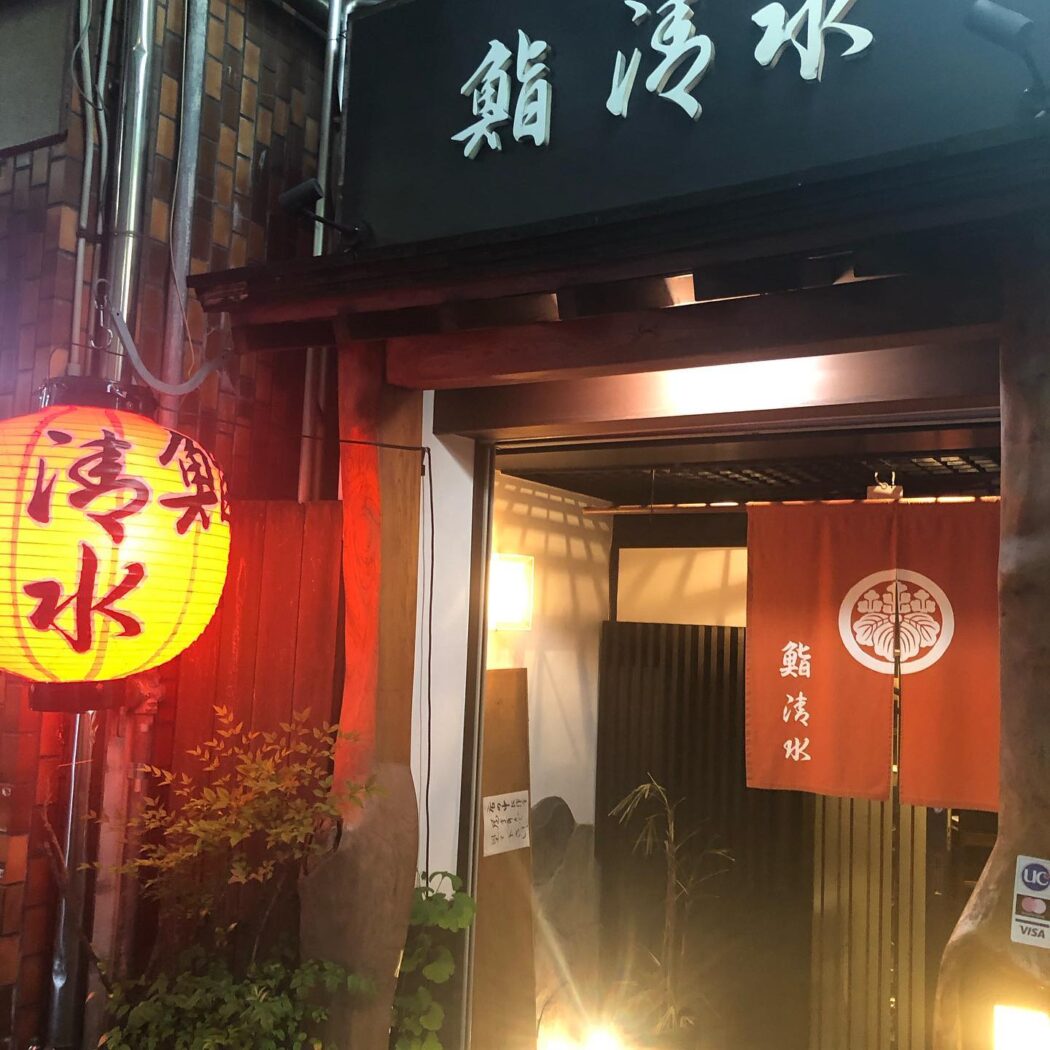
Sushi Shimizu
Sushi restaurant in Hyogo [SUSHILIVE comment] -


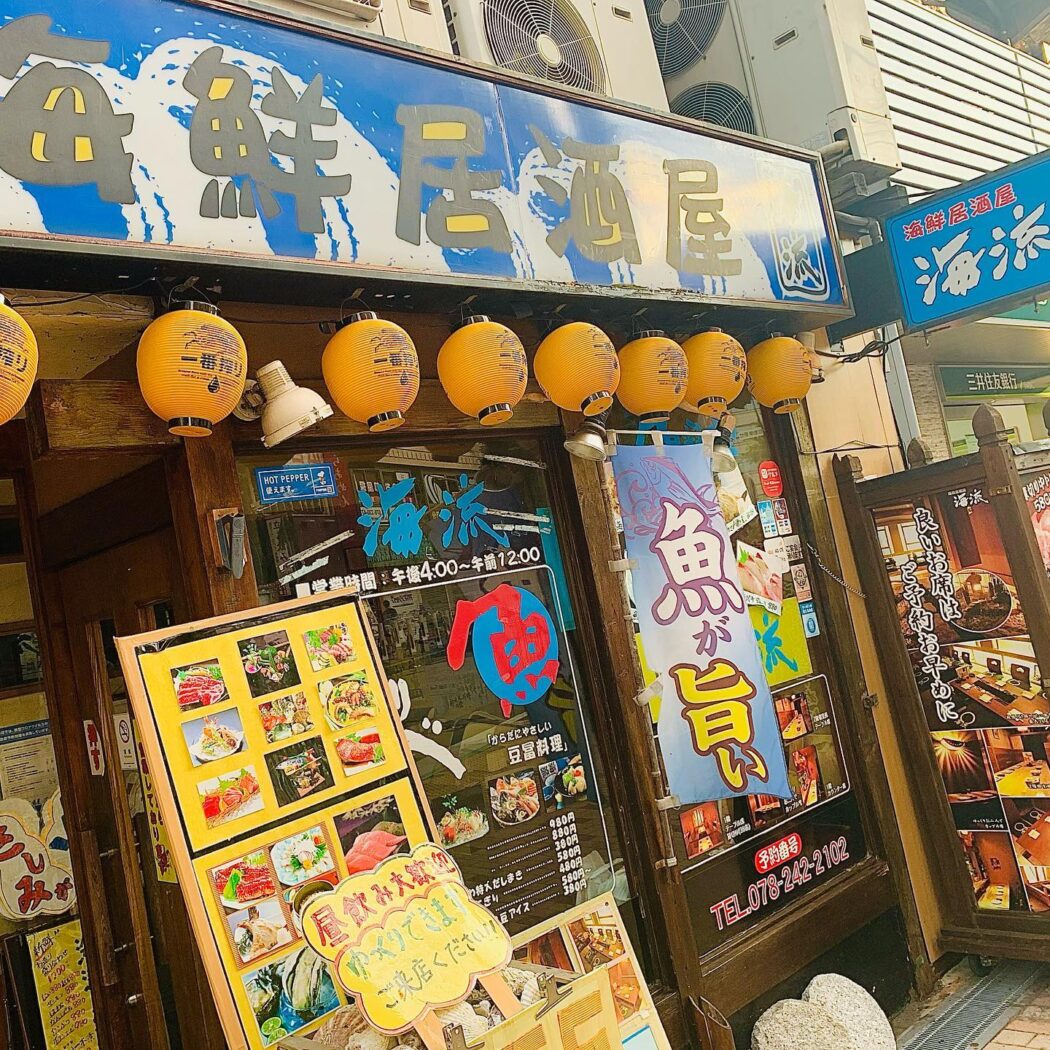
Seafood Izakaya Kairyu
Sushi restaurant in Hyogo [SUSHILIVE comment] -


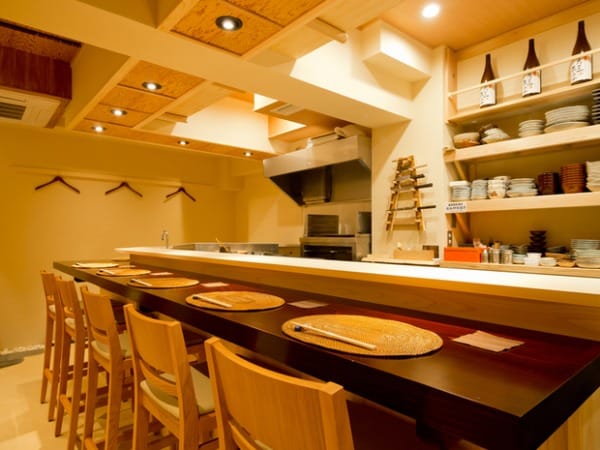
Tsusaku
Sushi restaurant in Hyogo [SUSHILIVE comment] -


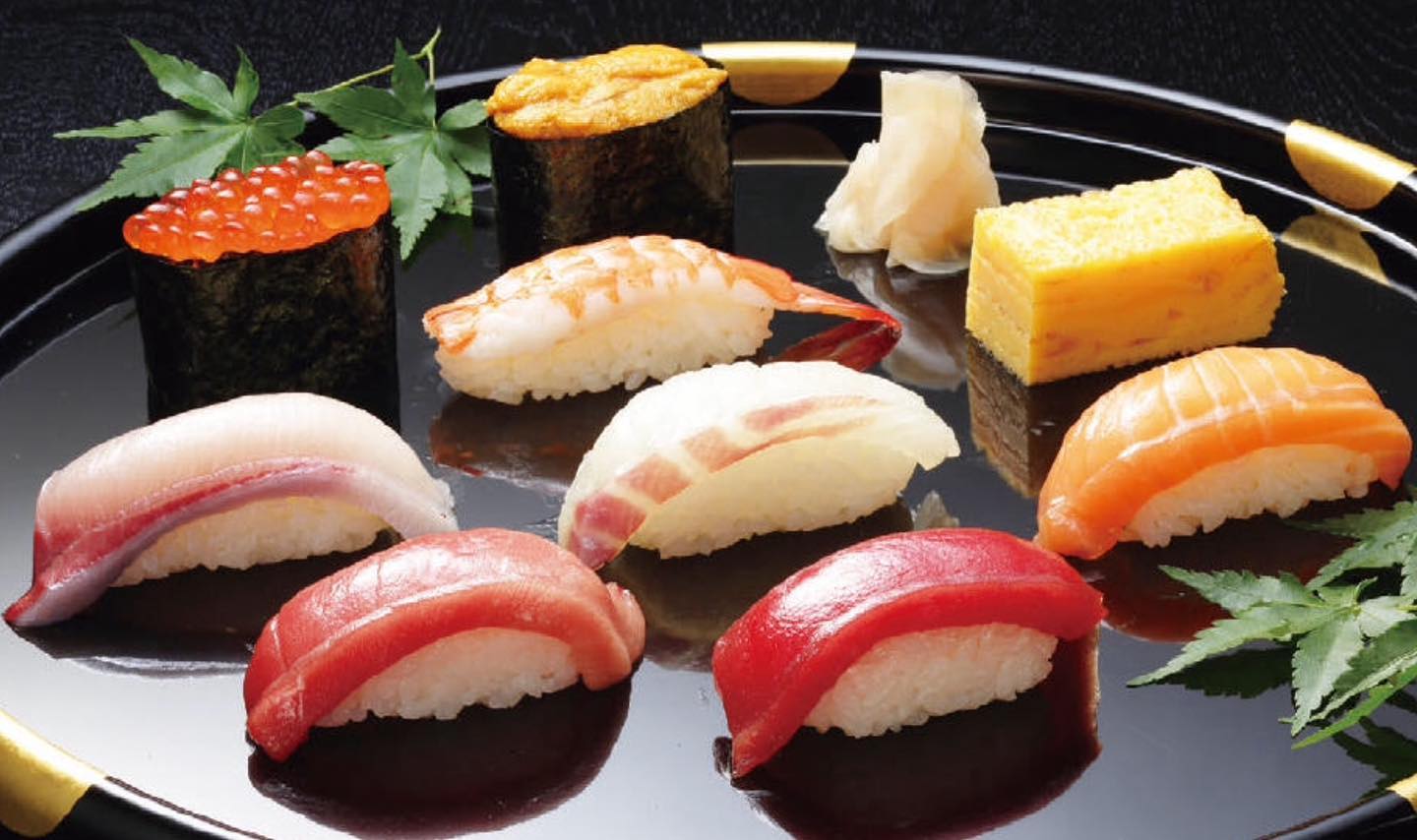
Fish Cuisine and Sushi Samurai
Sushi restaurant in Hyogo [SUSHILIVE comment] -


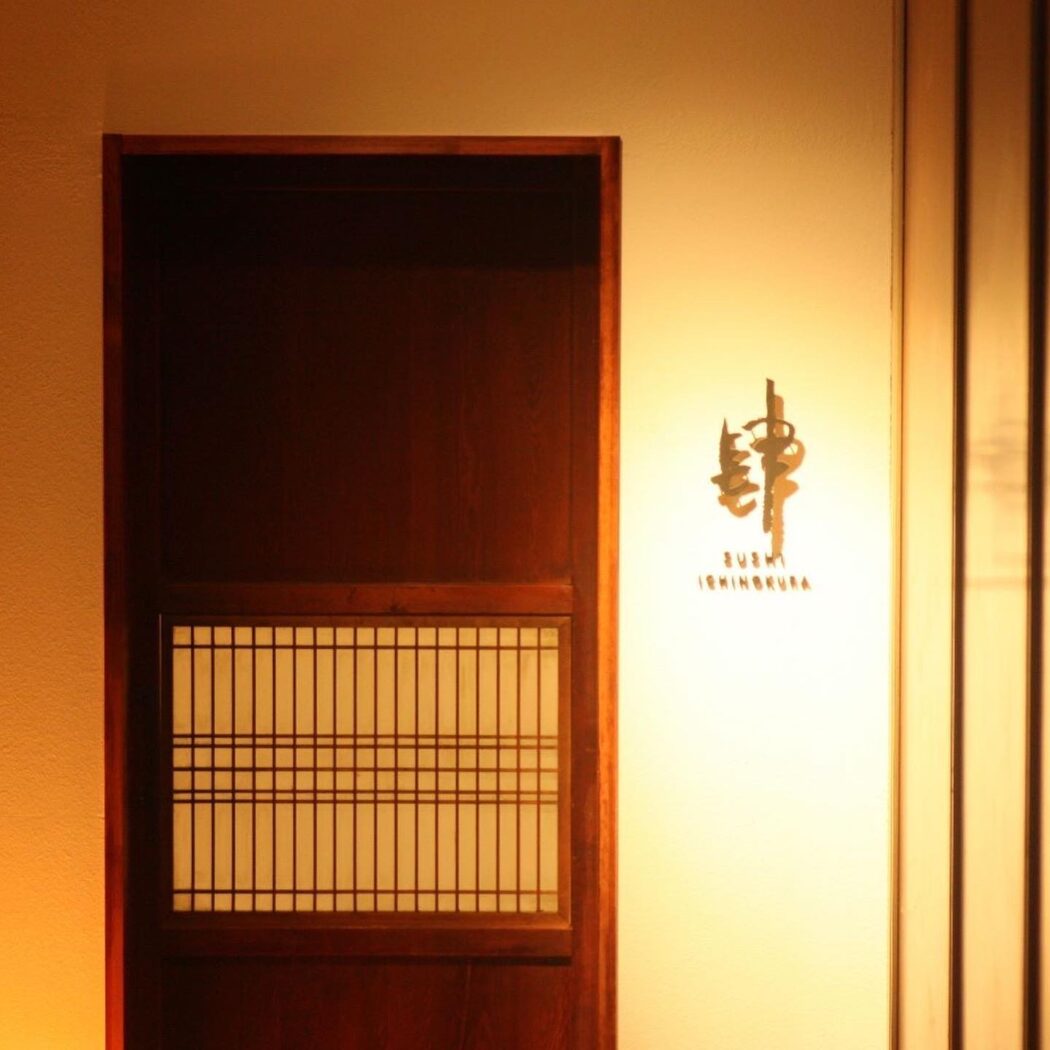
Sushi Four
Sushi restaurant in Hyogo [SUSHILIVE comment] -



Sushi Botan East Gate
Sushi restaurant in Hyogo [SUSHILIVE comment] -



Sushi Restaurant Takahashi
Sushi restaurant in Hyogo [SUSHILIVE comment] -


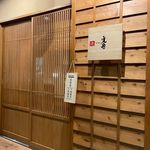
Sushi Fumiya
Sushi restaurant in Hyogo [SUSHILIVE comment] -


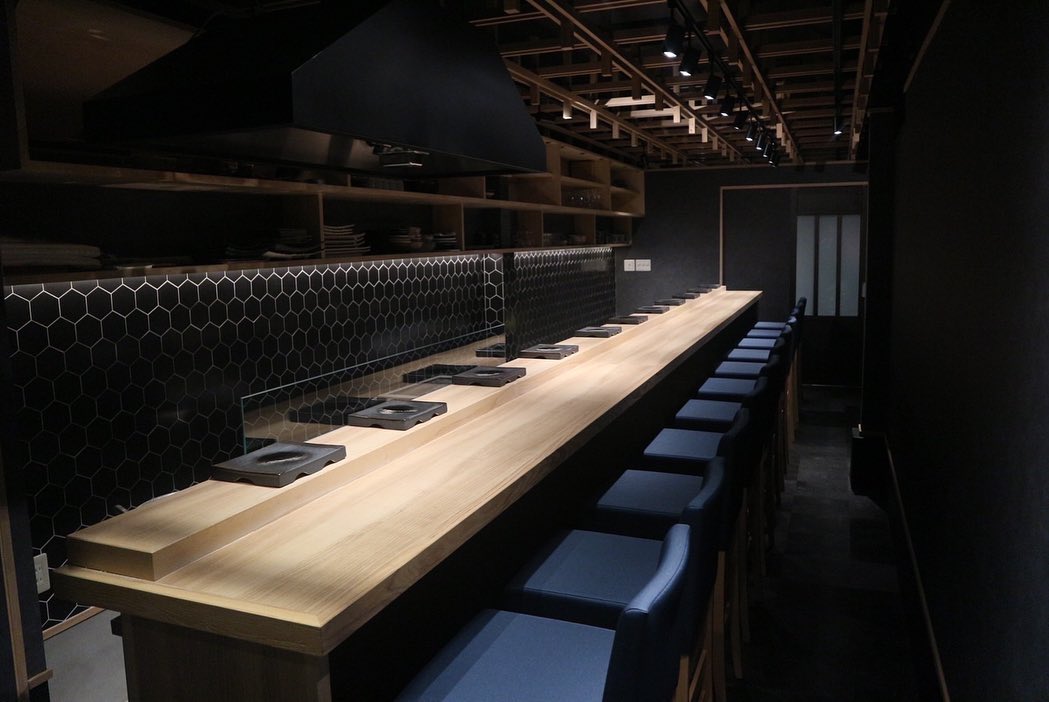
鮨 rindo
Sushi restaurant in Hyogo [SUSHILIVE comment] -



Kanazawa Sushi Inspiration
Sushi restaurant in Hyogo [SUSHILIVE comment] -



Rikimaru Sannomiya Center Plaza
Sushi restaurant in Hyogo [SUSHILIVE comment] -


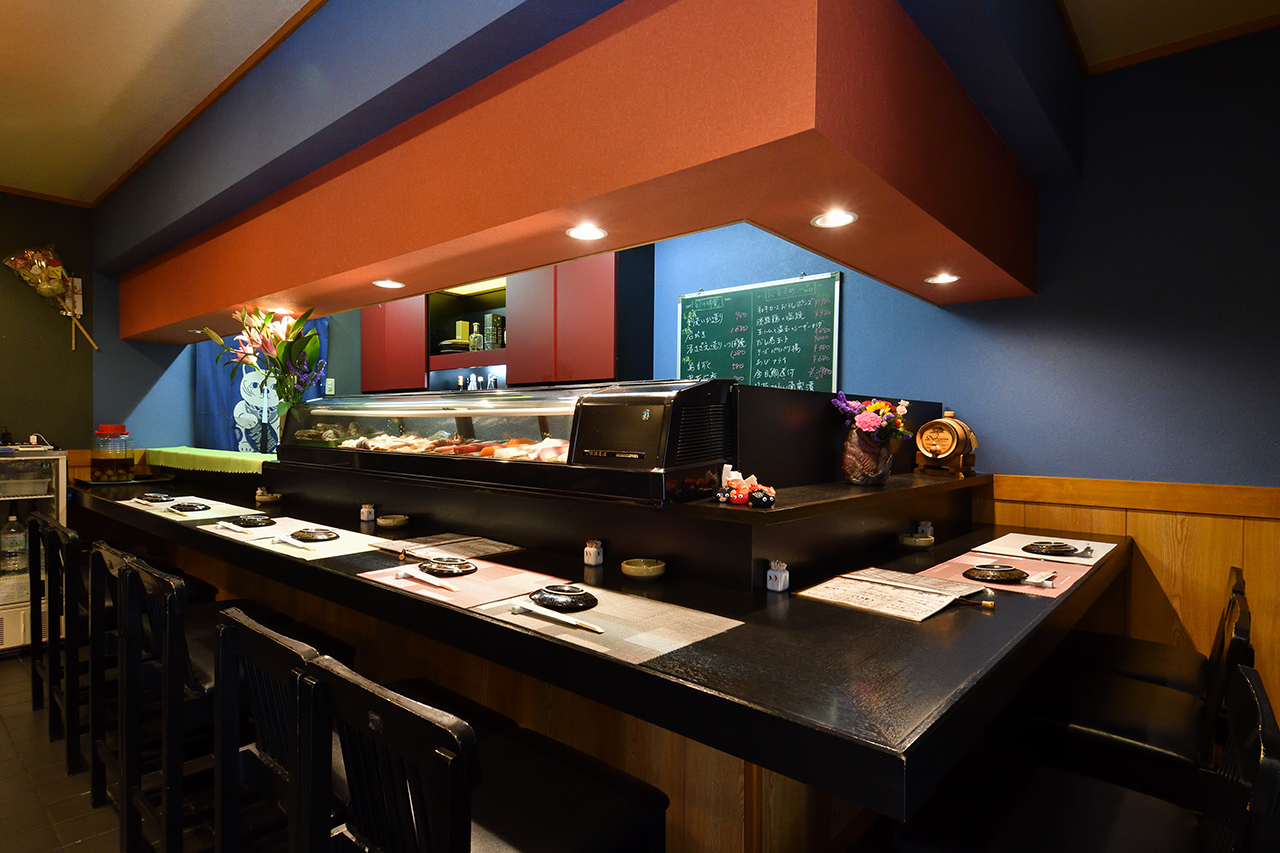
Tomoya
Sushi restaurant in Hyogo [SUSHILIVE comment] -


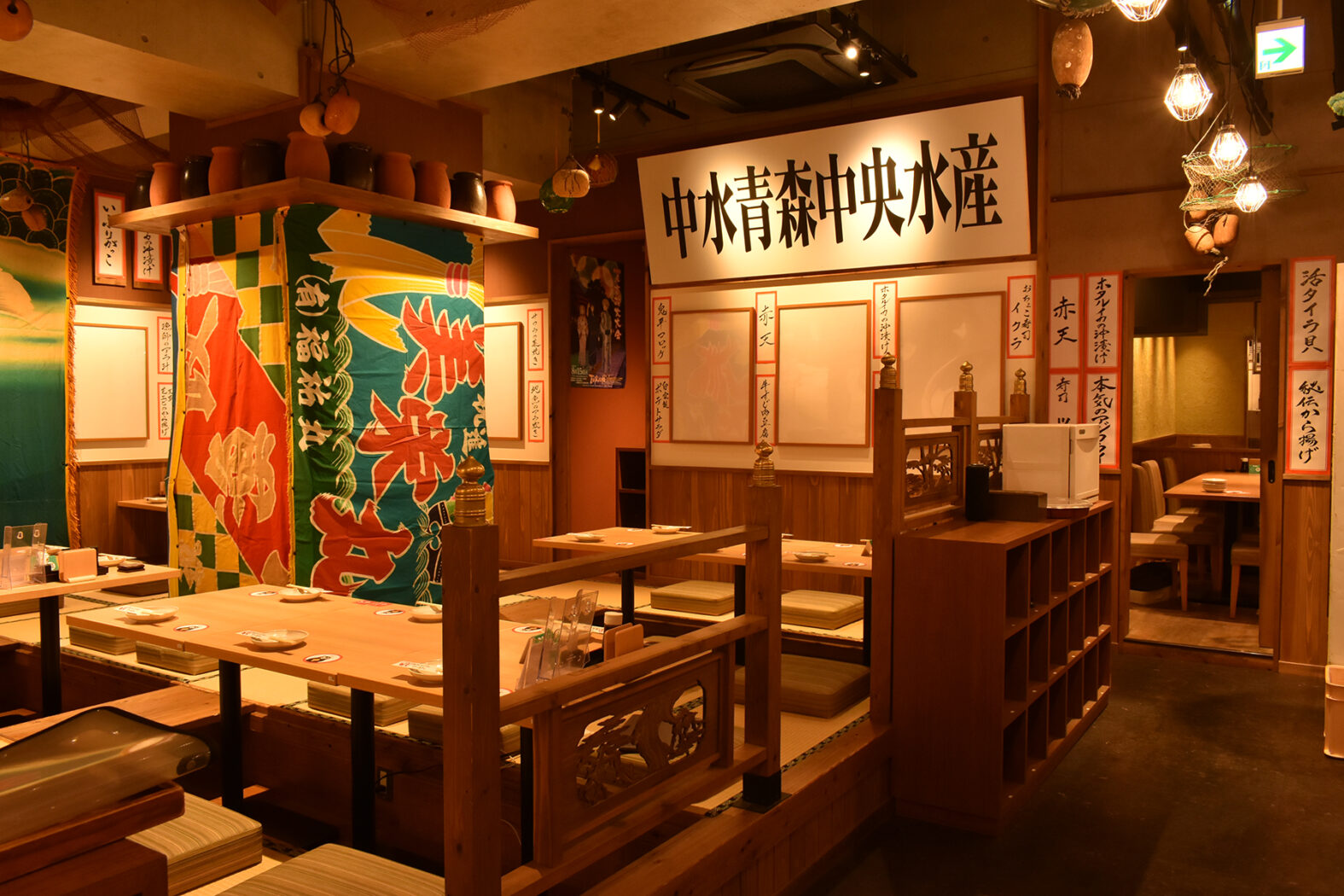
Local fish bar Kinpachi
Sushi restaurant in Hyogo [SUSHILIVE comment] -



This restaurant is on hold because we have not been able to confirm the store's operation status, such as the period of closure, relocation, or closure of the restaurant. About the store's information
Sushi restaurant in Hyogo [SUSHILIVE comment] -


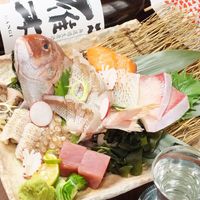
Seafood and Sake
Sushi restaurant in Hyogo [SUSHILIVE comment] -


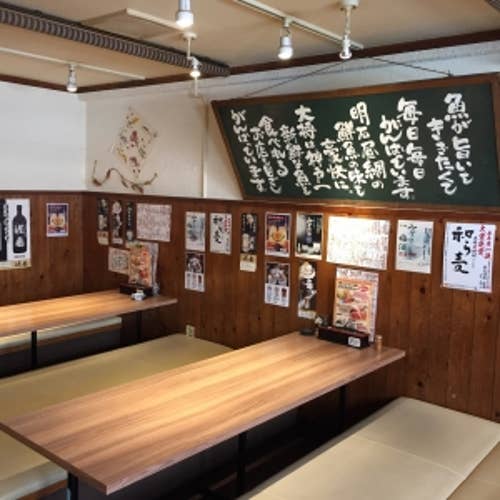
Toretore Kaisen Hamano Taisho
Sushi restaurant in Hyogo [SUSHILIVE comment] -


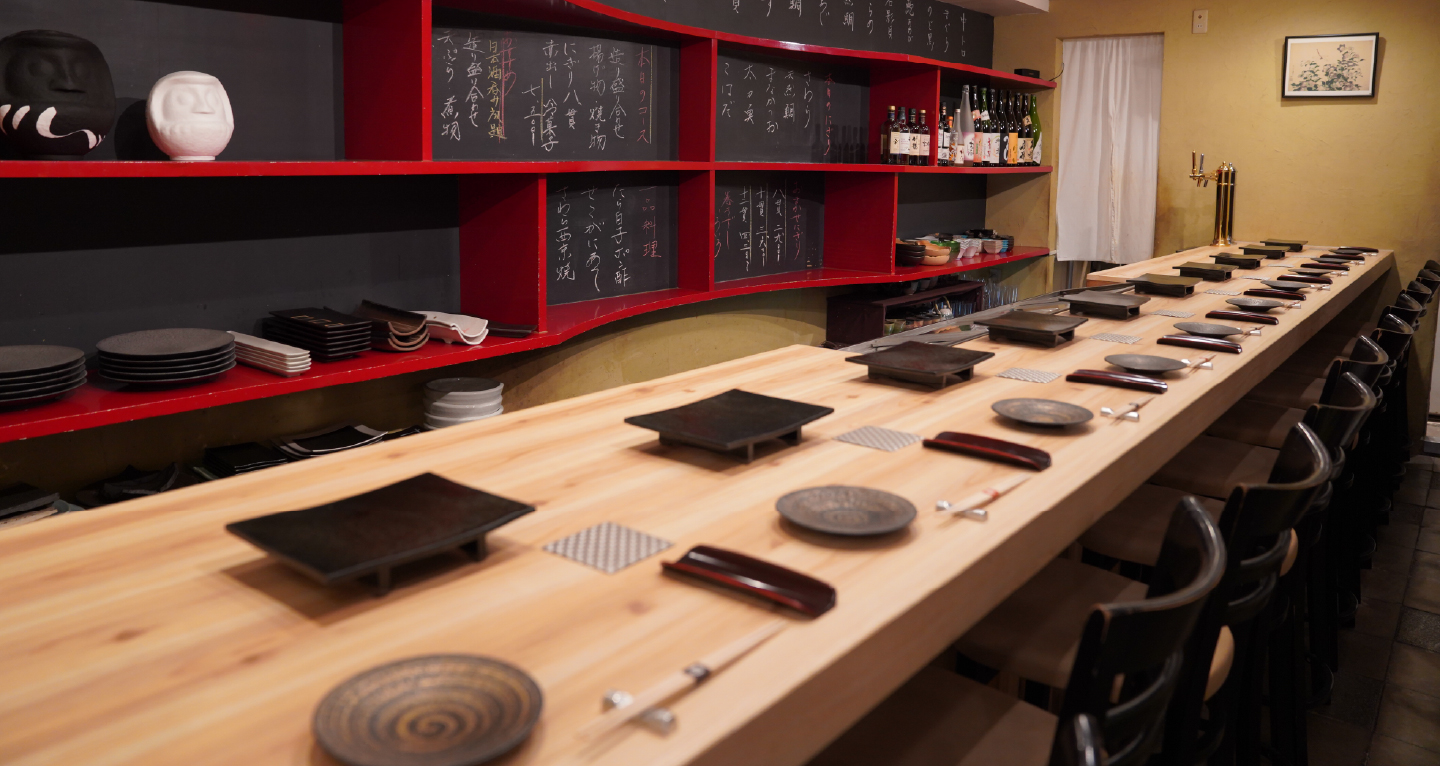
Nagarizushi
Sushi restaurant in Hyogo [SUSHILIVE comment]
Recommended conveyor belt sushi restaurants in Hyogo, Japan
-


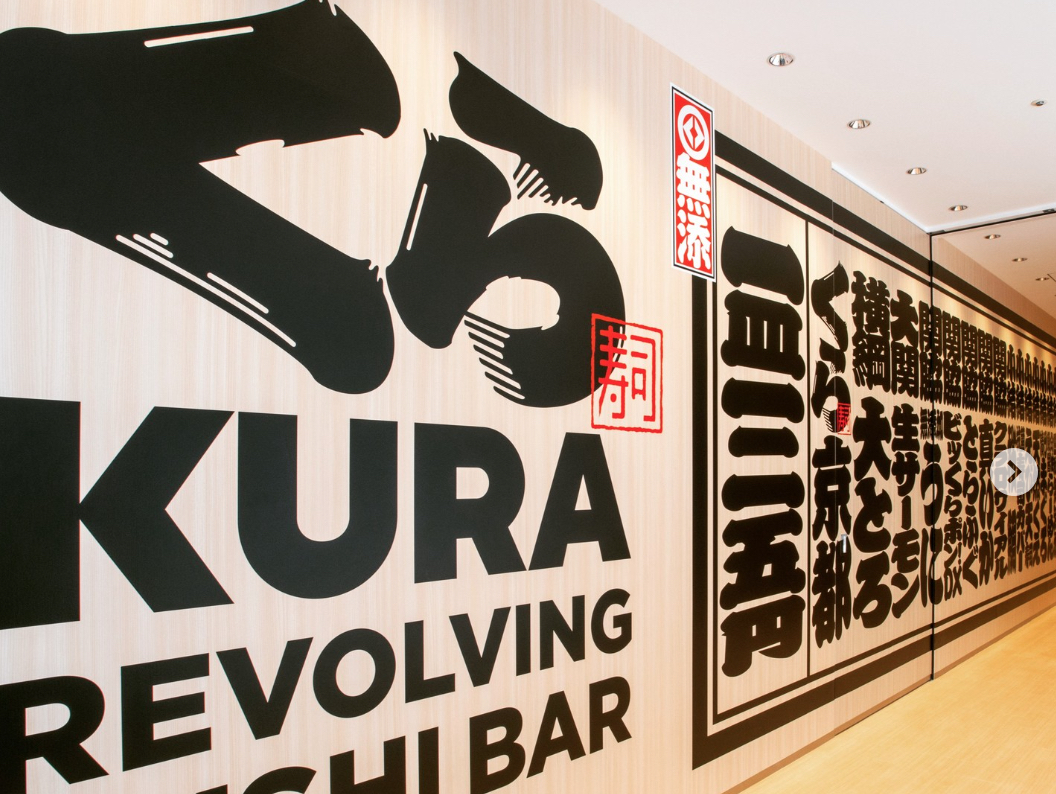
Kura Sushi Mukura Itami Konyo
Sushi restaurant in Hyogo [SUSHILIVE comment] -


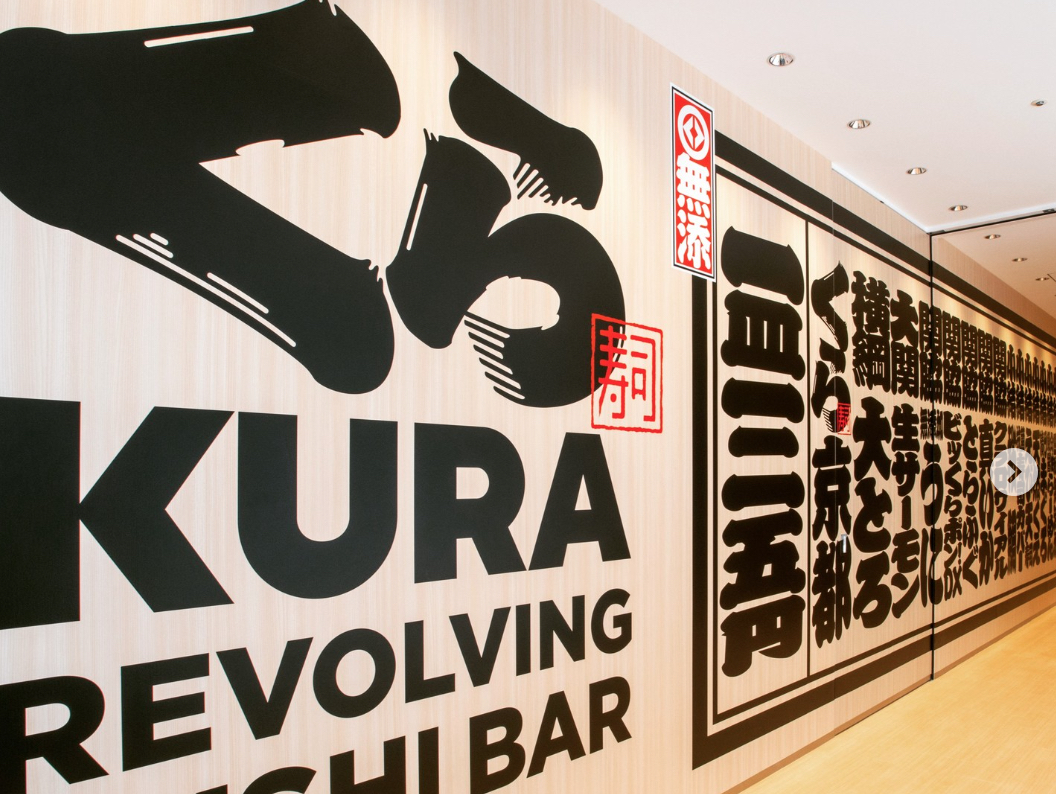
Kura Sushi Edan Central Store
Sushi restaurant in Hyogo [SUSHILIVE comment] -


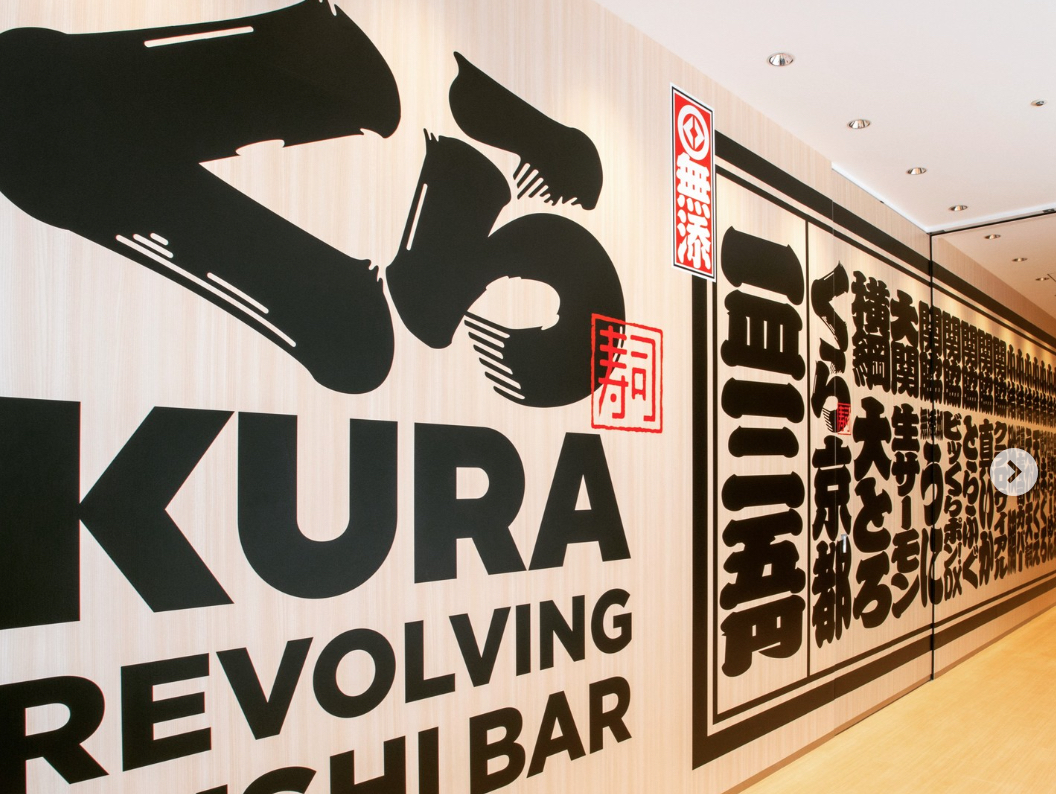
Kura Sushi Nitori Kakogawa Hiraoka
Sushi restaurant in Hyogo [SUSHILIVE comment] -


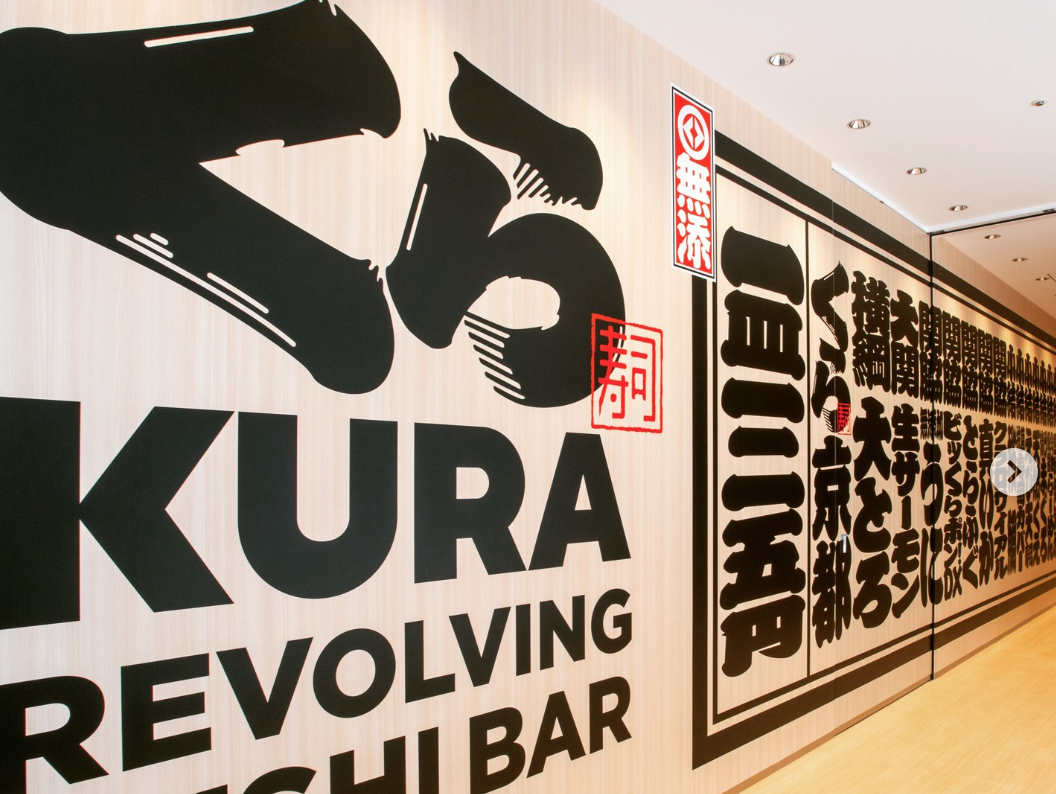
Kura Sushi Aimor Takasago Store
Sushi restaurant in Hyogo [SUSHILIVE comment] -


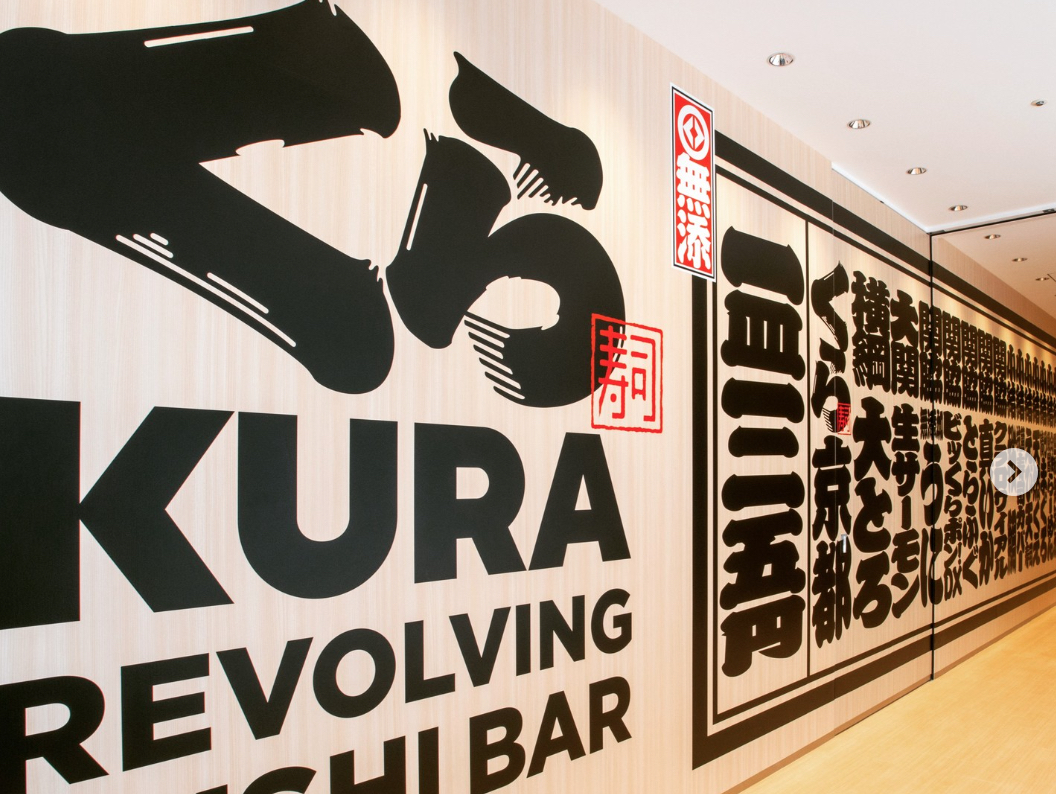
Kura Sushi Mita Store
Sushi restaurant in Hyogo [SUSHILIVE comment] -


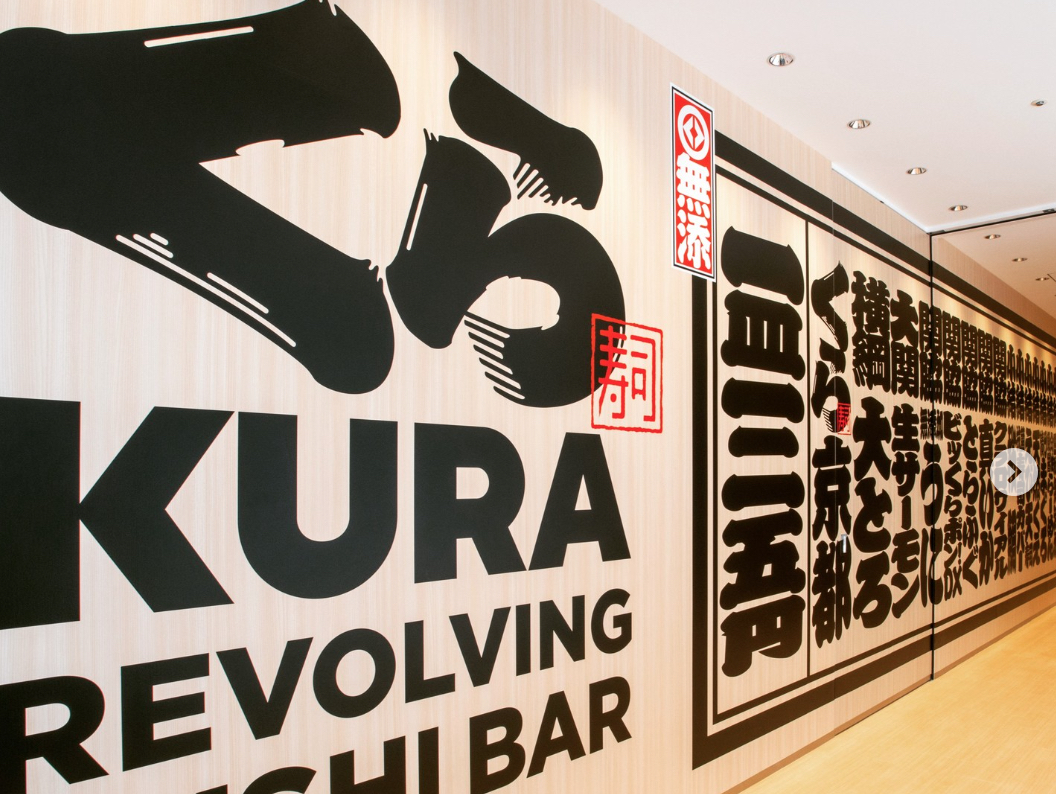
Kura Sushi Miki Store
Sushi restaurant in Hyogo [SUSHILIVE comment] -


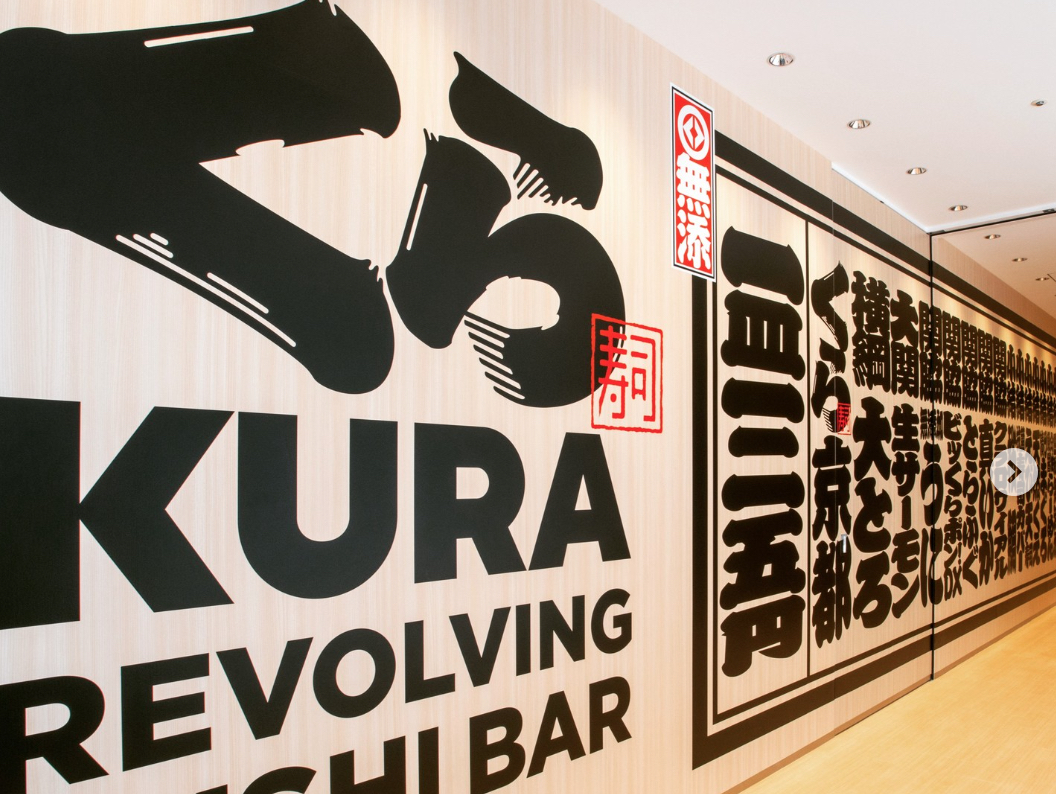
Kura Sushi Nitori Nagoya
Sushi restaurant in Hyogo [SUSHILIVE comment] -


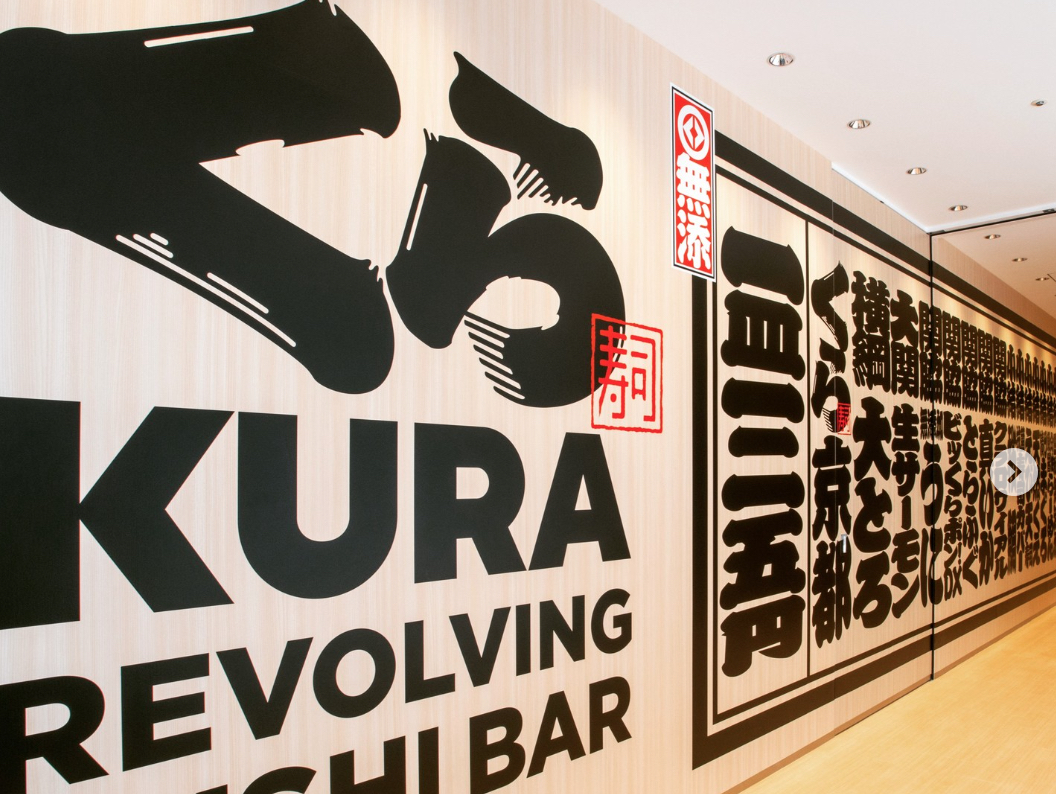
Kura Sushi Nishimaiko Store
Sushi restaurant in Hyogo [SUSHILIVE comment] -


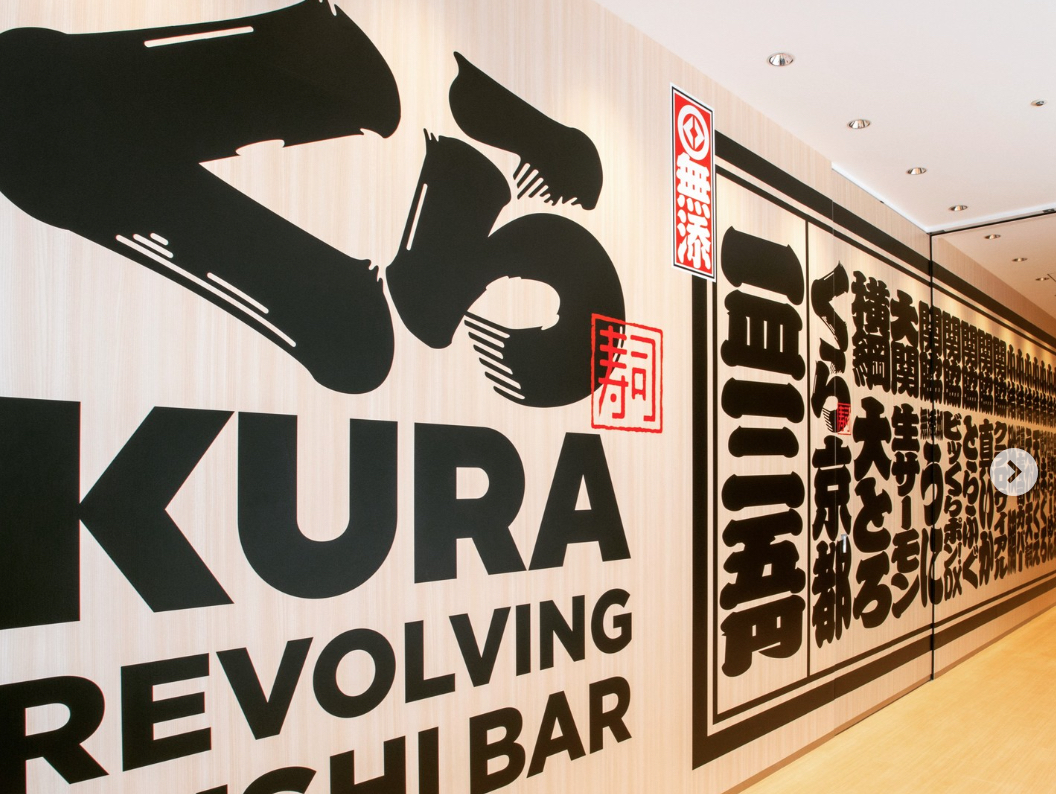
Kura Sushi Nishi-Kobe Store
Sushi restaurant in Hyogo [SUSHILIVE comment] -


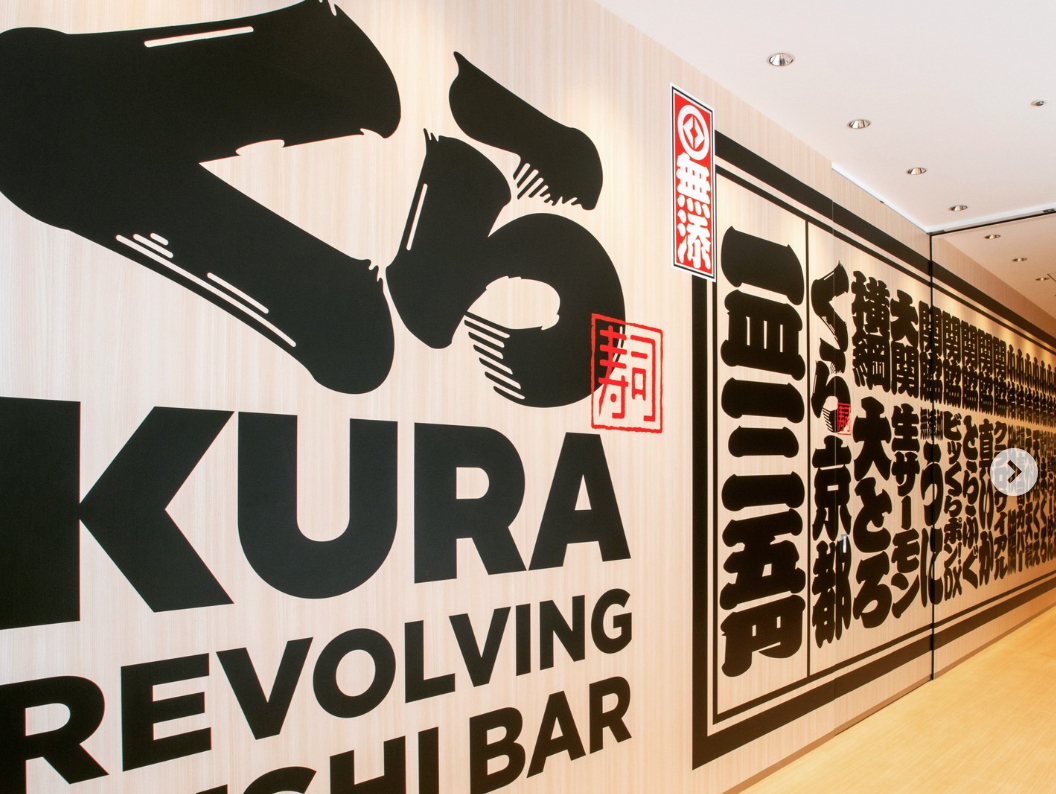
Kura Sushi Okuraya Store
Sushi restaurant in Hyogo [SUSHILIVE comment] -


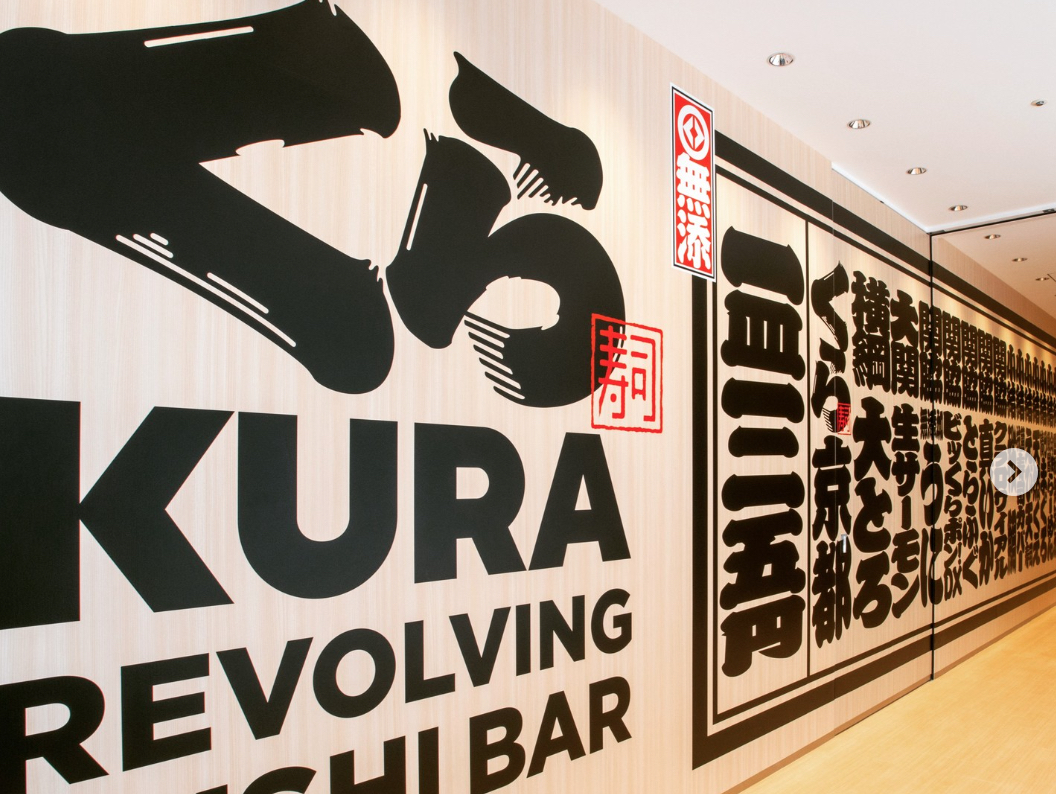
Kura Sushi Nitori Tamatsu
Sushi restaurant in Hyogo [SUSHILIVE comment] -


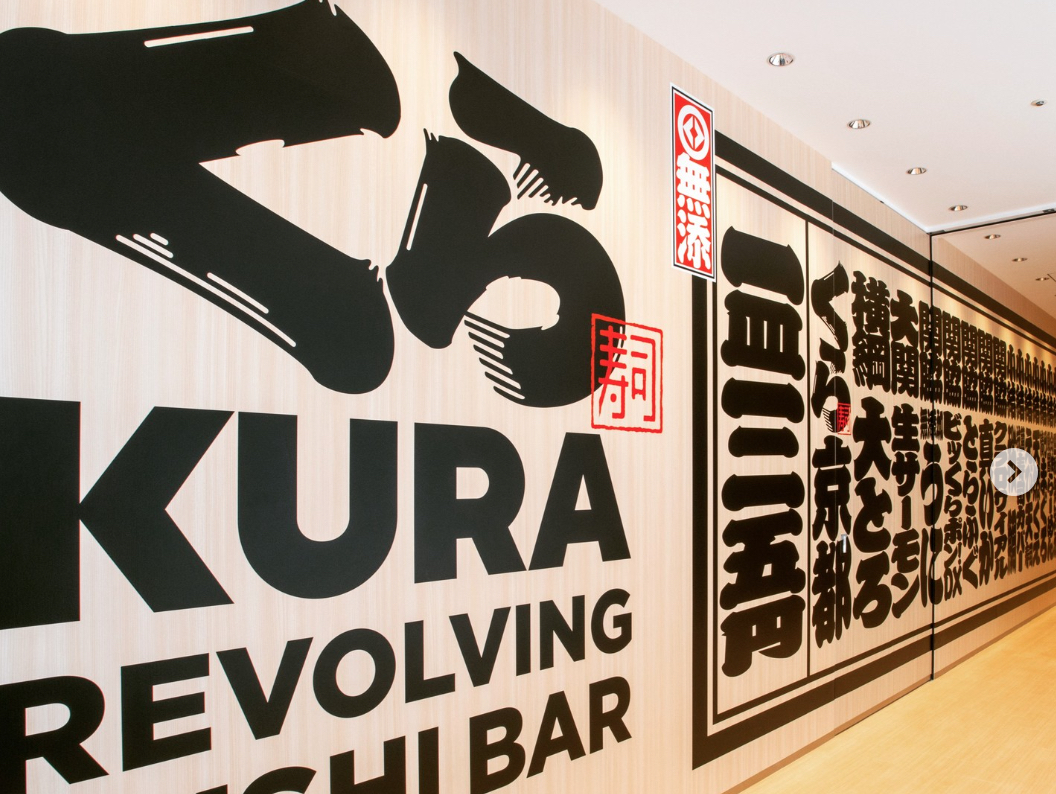
Kura Sushi Kasuganomichi Store
Sushi restaurant in Hyogo [SUSHILIVE comment] -


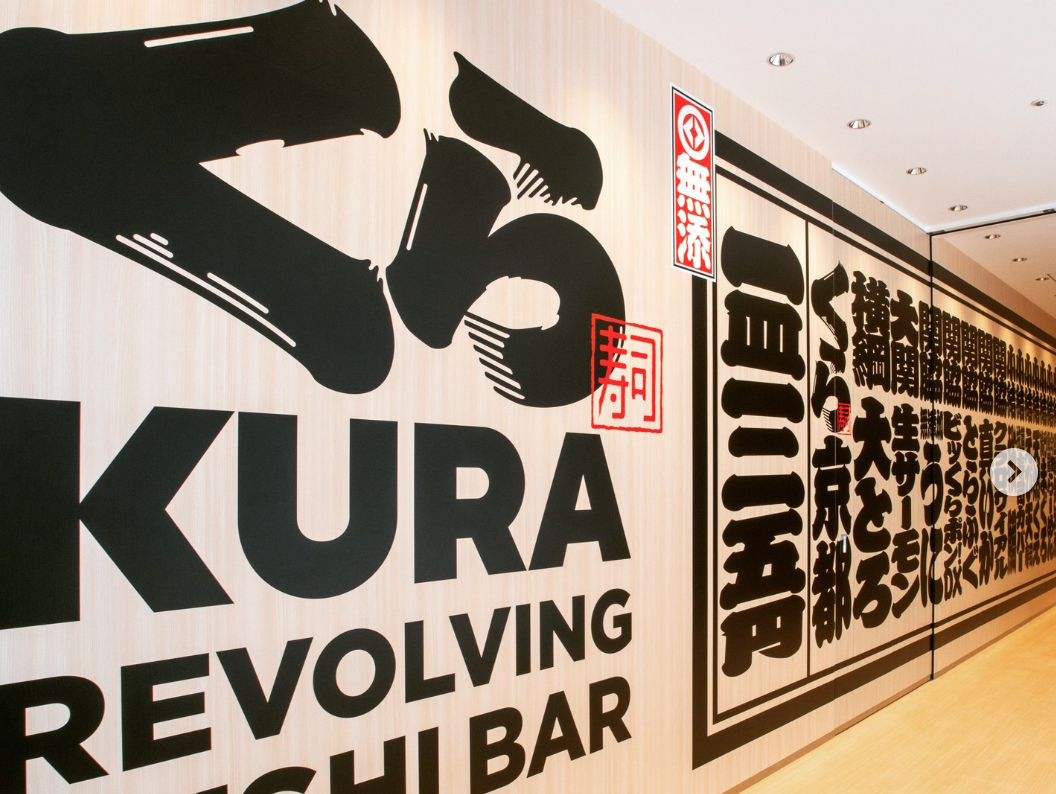
Kura Sushi Kobe Nagata Store
Sushi restaurant in Hyogo [SUSHILIVE comment] -


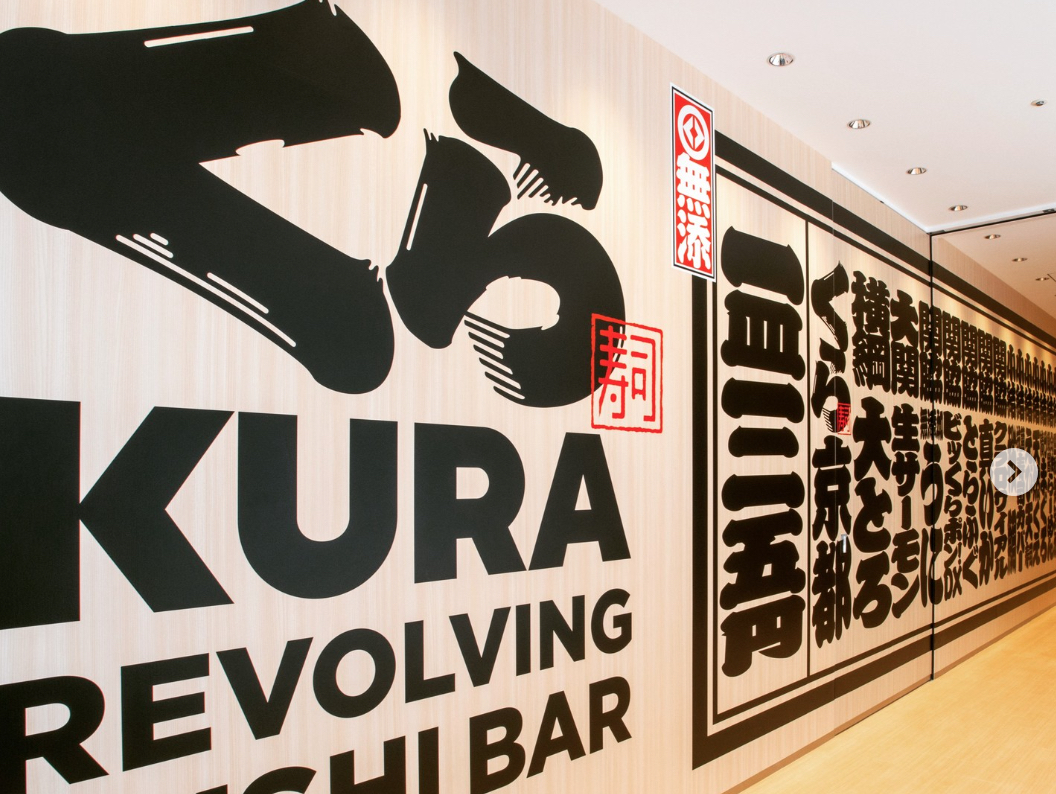
Kura Sushi Nitori Fukaehama
Sushi restaurant in Hyogo [SUSHILIVE comment] -


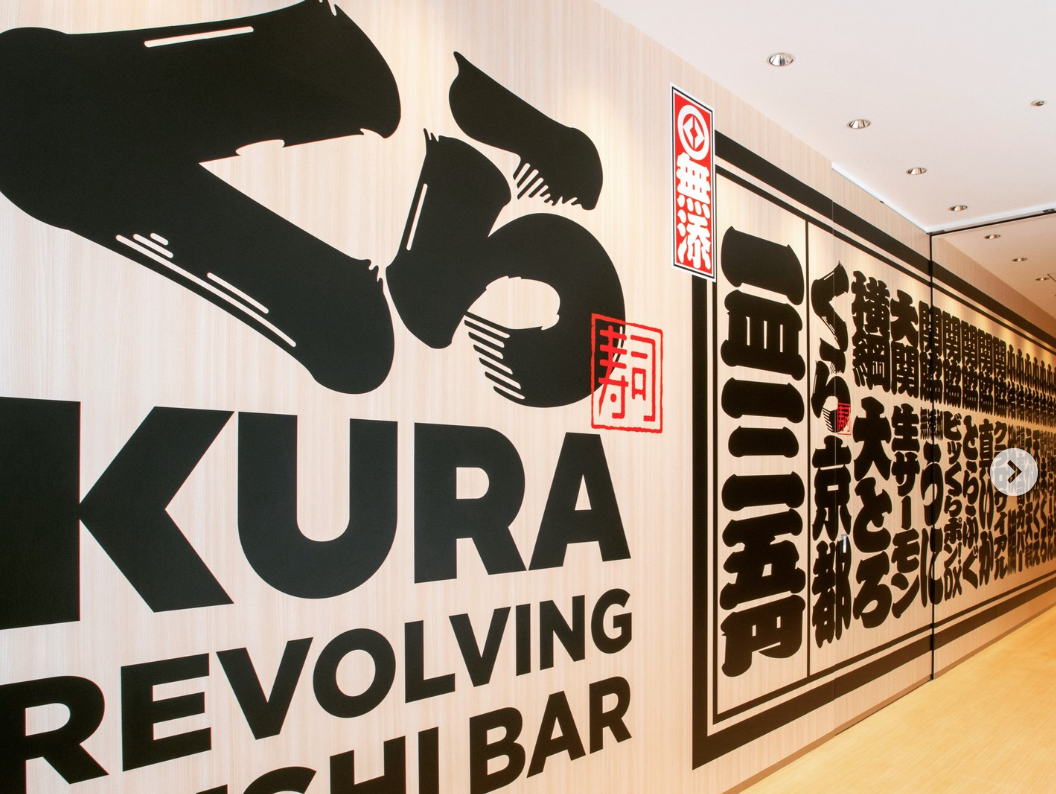
Kura Sushi Beach Nantong Store
Sushi restaurant in Hyogo [SUSHILIVE comment] -


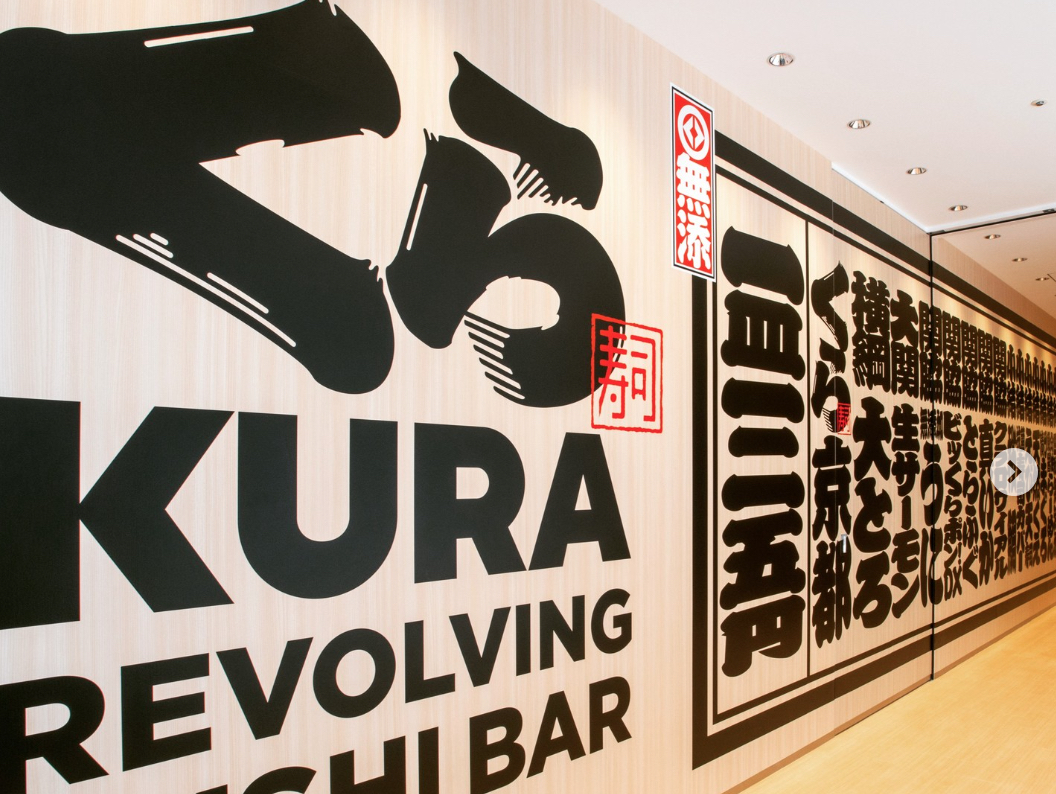
Kura Sushi Kobe Arino
Sushi restaurant in Hyogo [SUSHILIVE comment] -


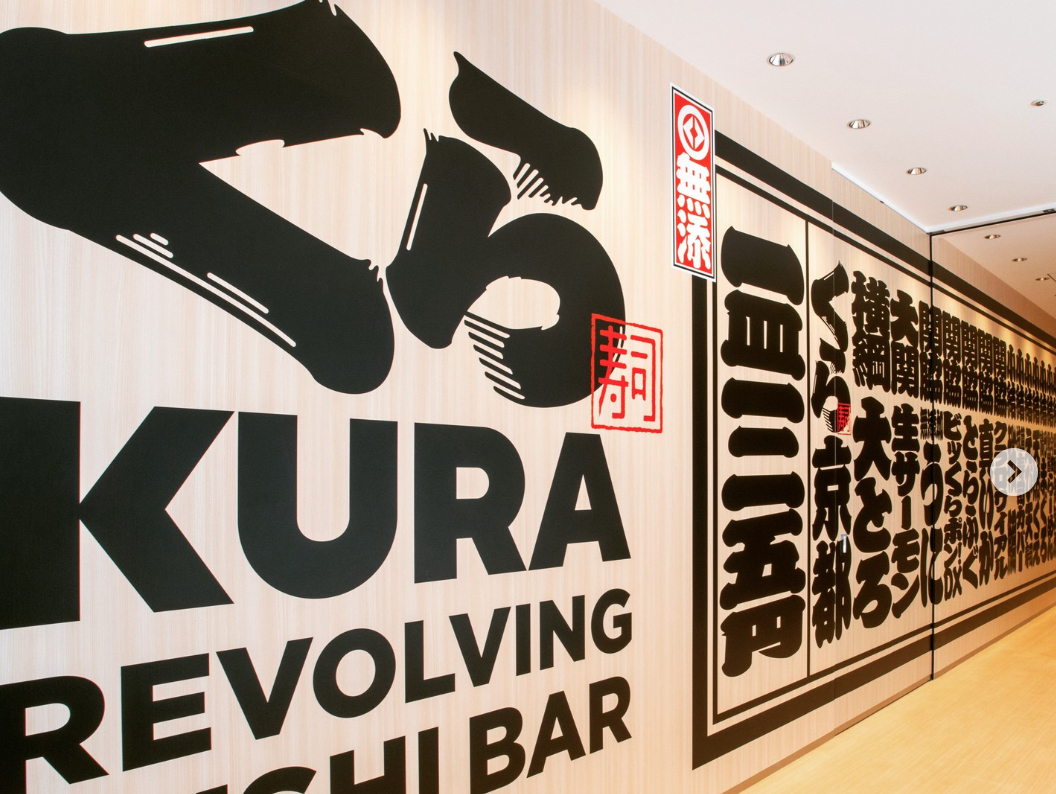
Kura Sushi Sakura Shukugawa Store
Sushi restaurant in Hyogo [SUSHILIVE comment] -


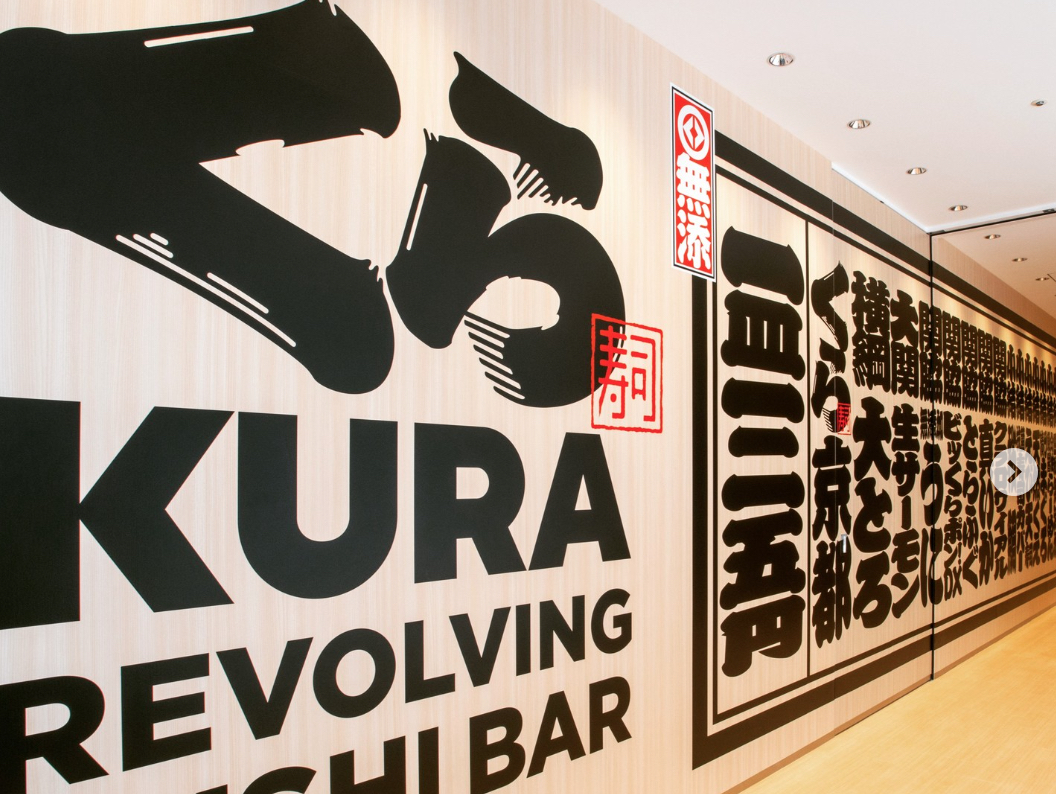
Kura Sushi Nitori Nishinomiya Imazu
Sushi restaurant in Hyogo [SUSHILIVE comment] -


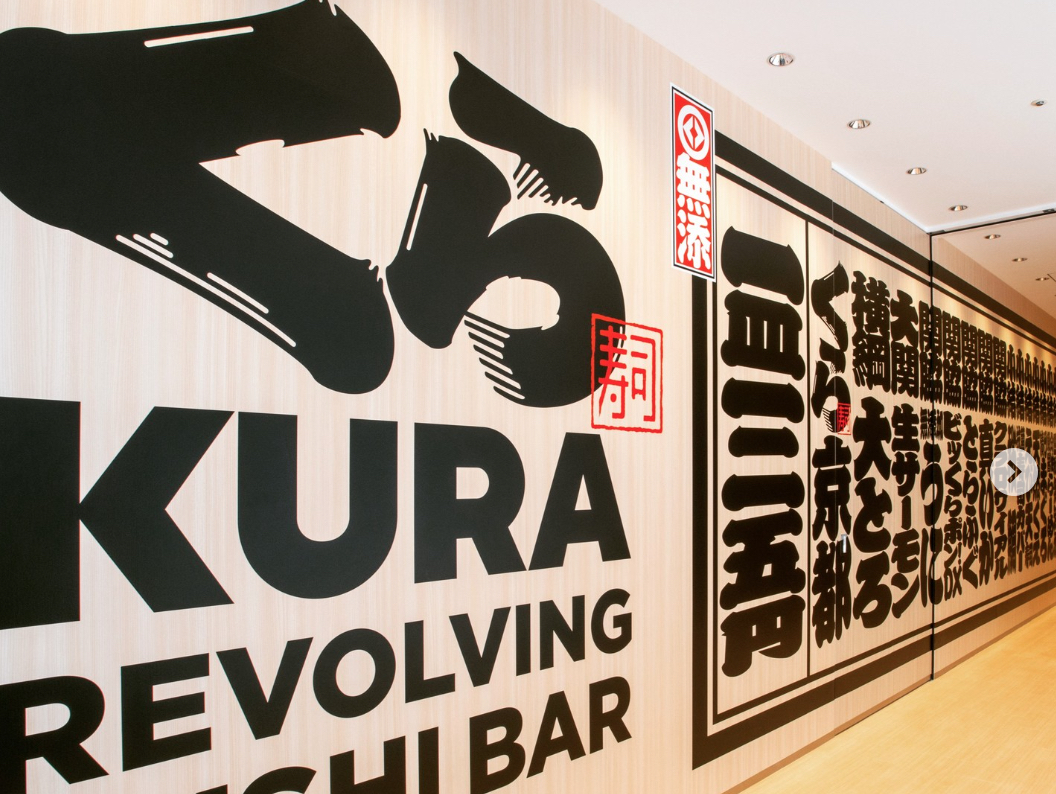
Kura Sushi Amagasaki Shimosakabe Store
Sushi restaurant in Hyogo [SUSHILIVE comment] -


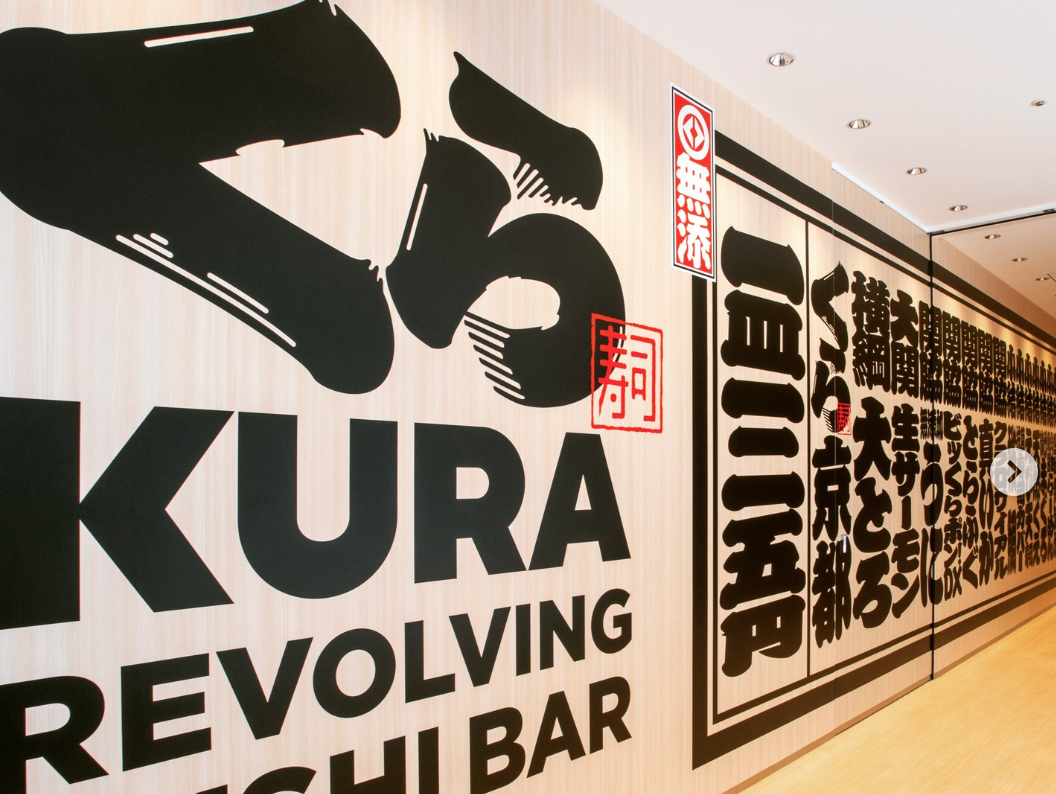
Kura Sushi Nitori Tochikamatsu
Sushi restaurant in Hyogo [SUSHILIVE comment] -


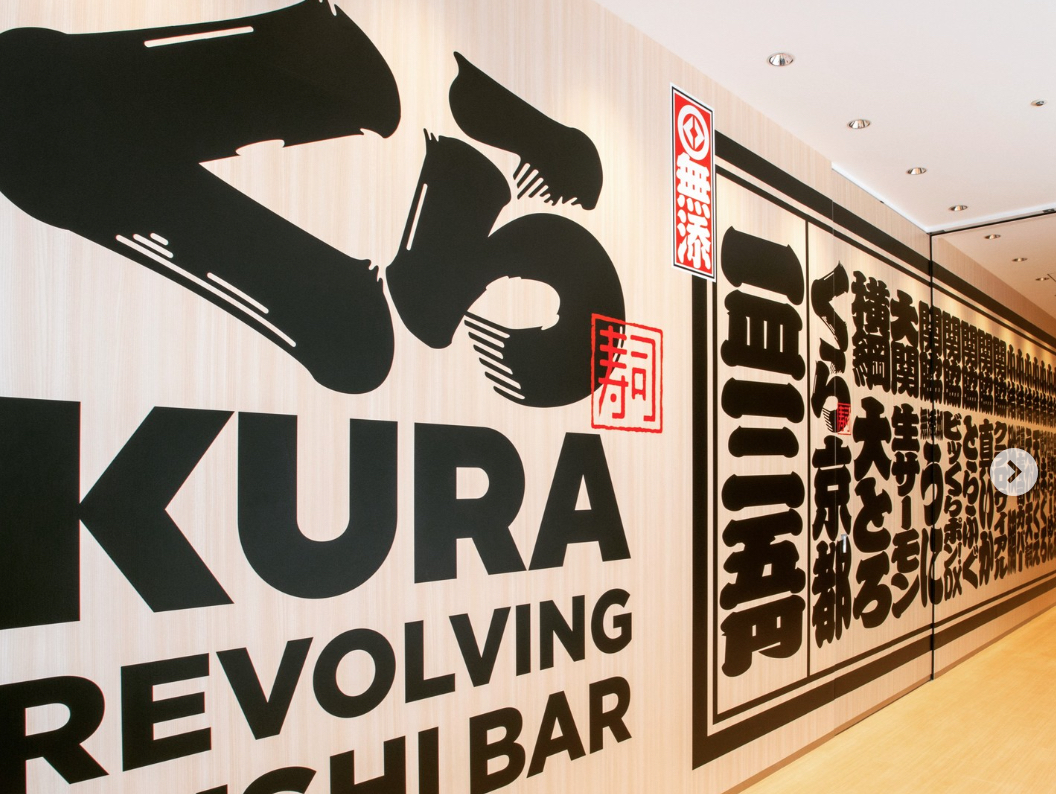
Kura Sushi Nitori Hyogo-Himeji
Sushi restaurant in Hyogo [SUSHILIVE comment] -


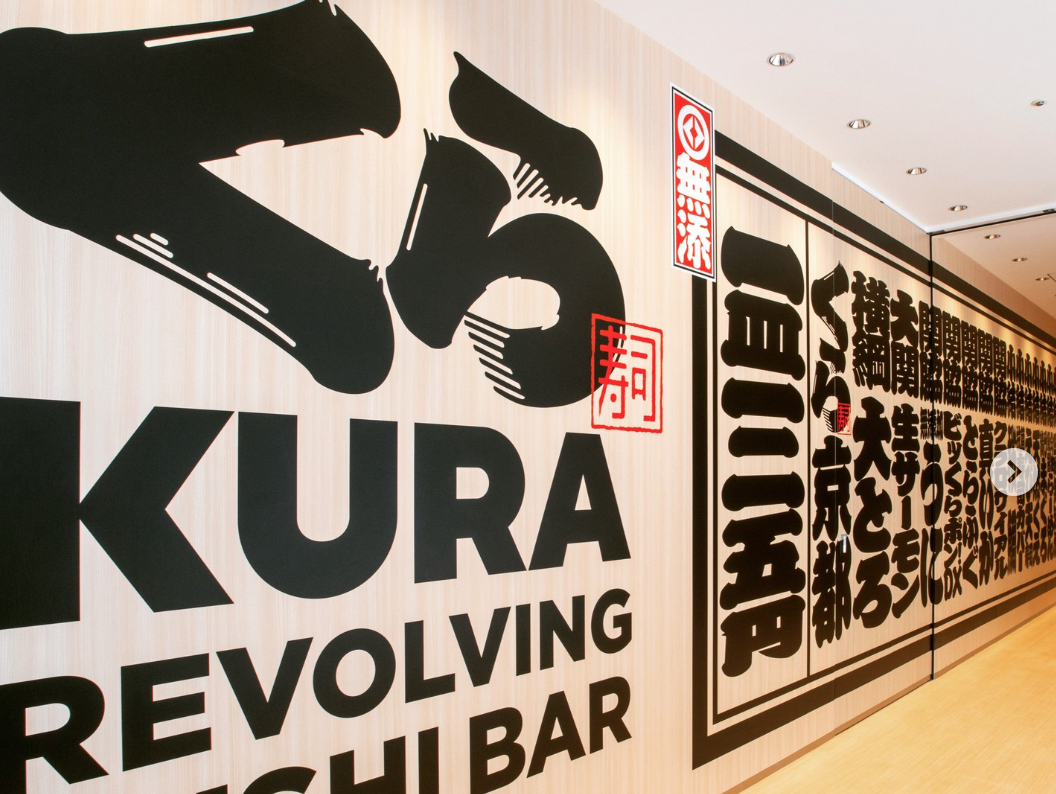
Kura Sushi Himeji-Shikama Store
Sushi restaurant in Hyogo [SUSHILIVE comment] -


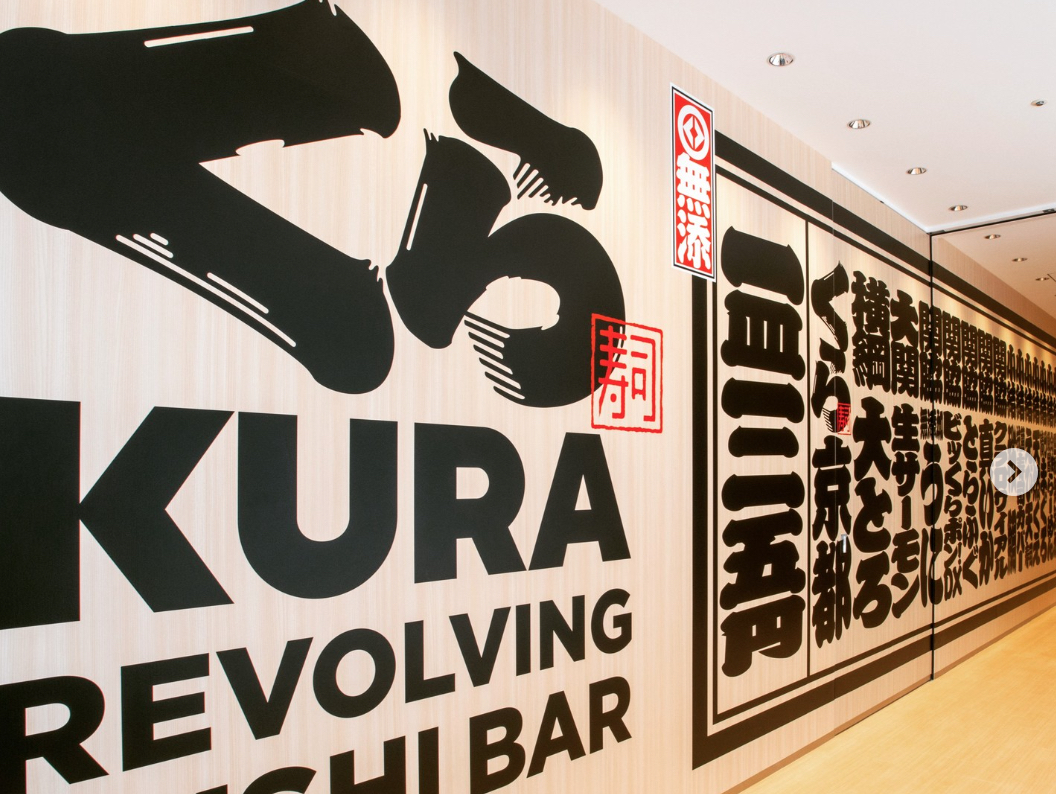
Kura Sushi Himeji Katsuhara
Sushi restaurant in Hyogo [SUSHILIVE comment] -


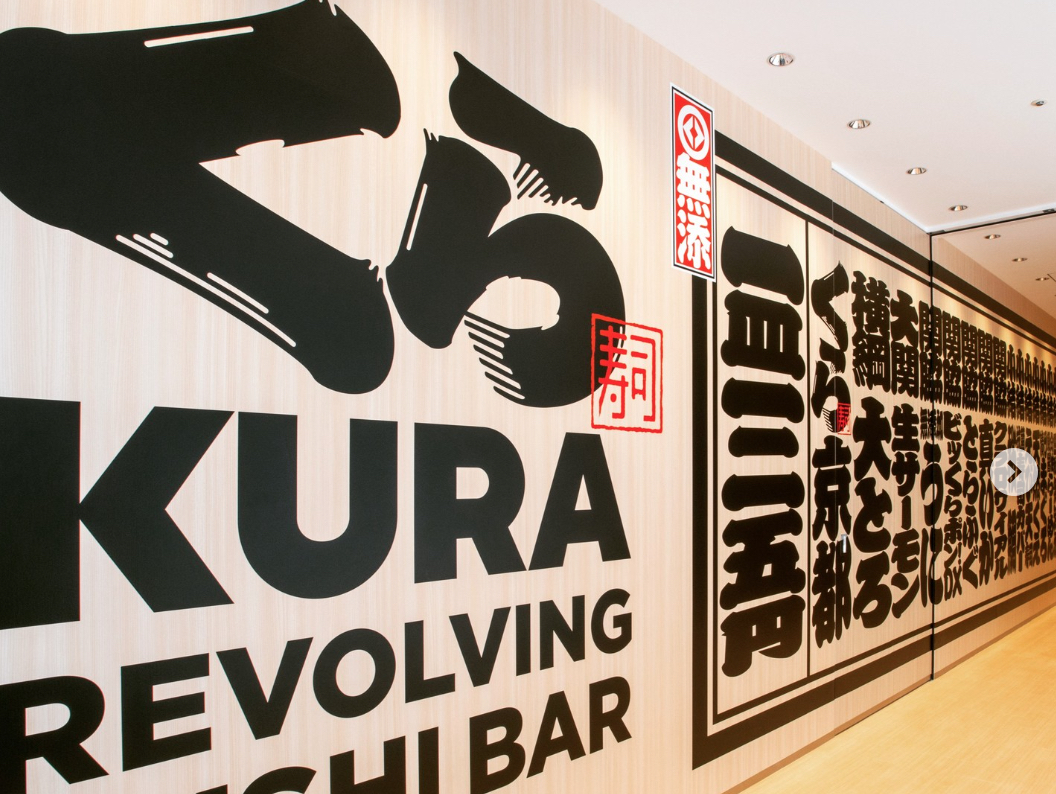
Kura Sushi Takarazuka Interchange
Sushi restaurant in Hyogo [SUSHILIVE comment] -


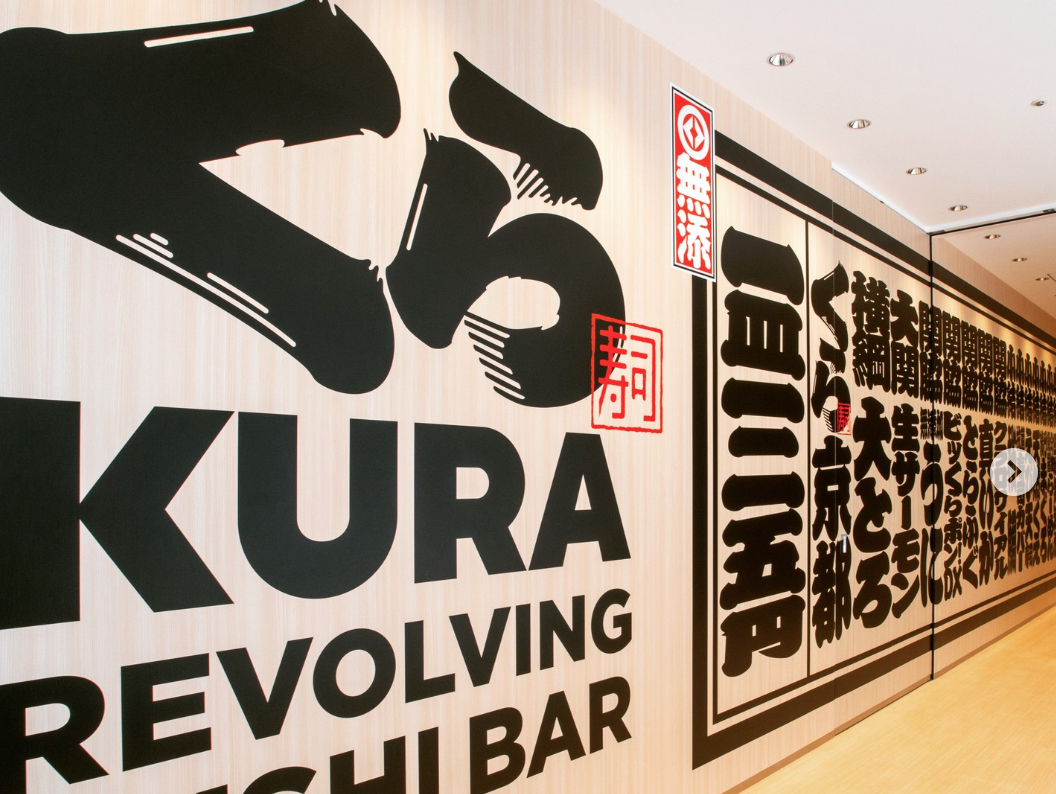
Kura Sushi Ankura Store
Sushi restaurant in Hyogo [SUSHILIVE comment] -


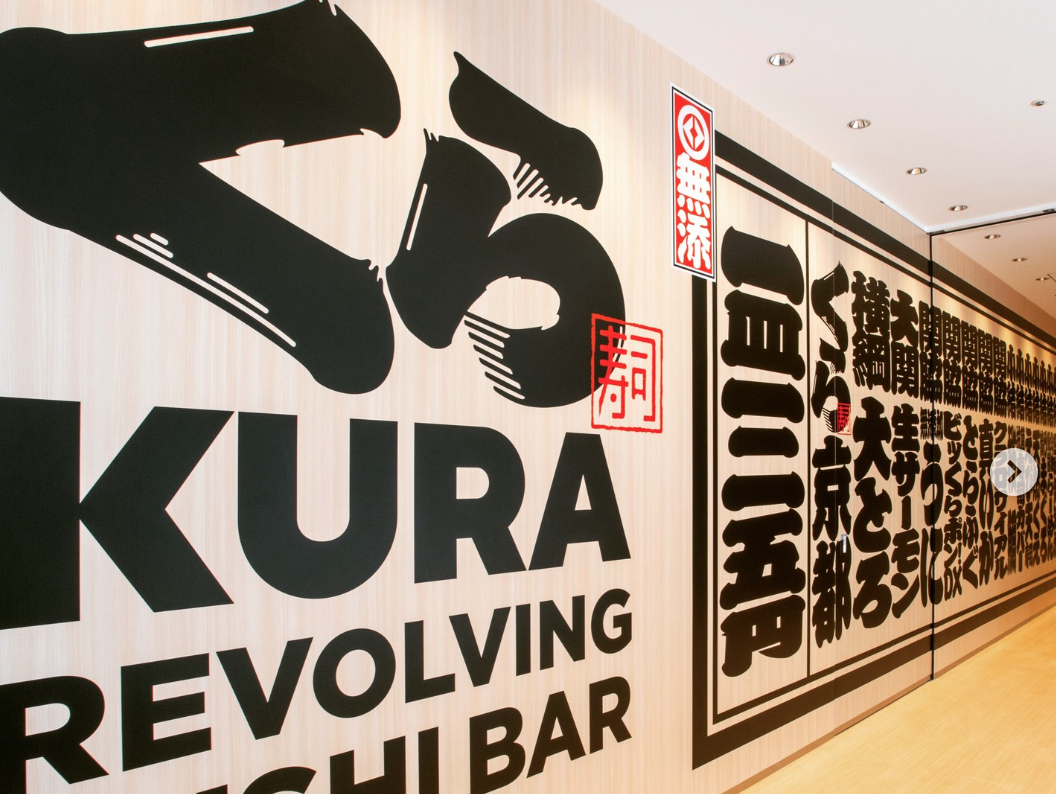
Kura Sushi Akashi Uozumi Store
Sushi restaurant in Hyogo [SUSHILIVE comment] -


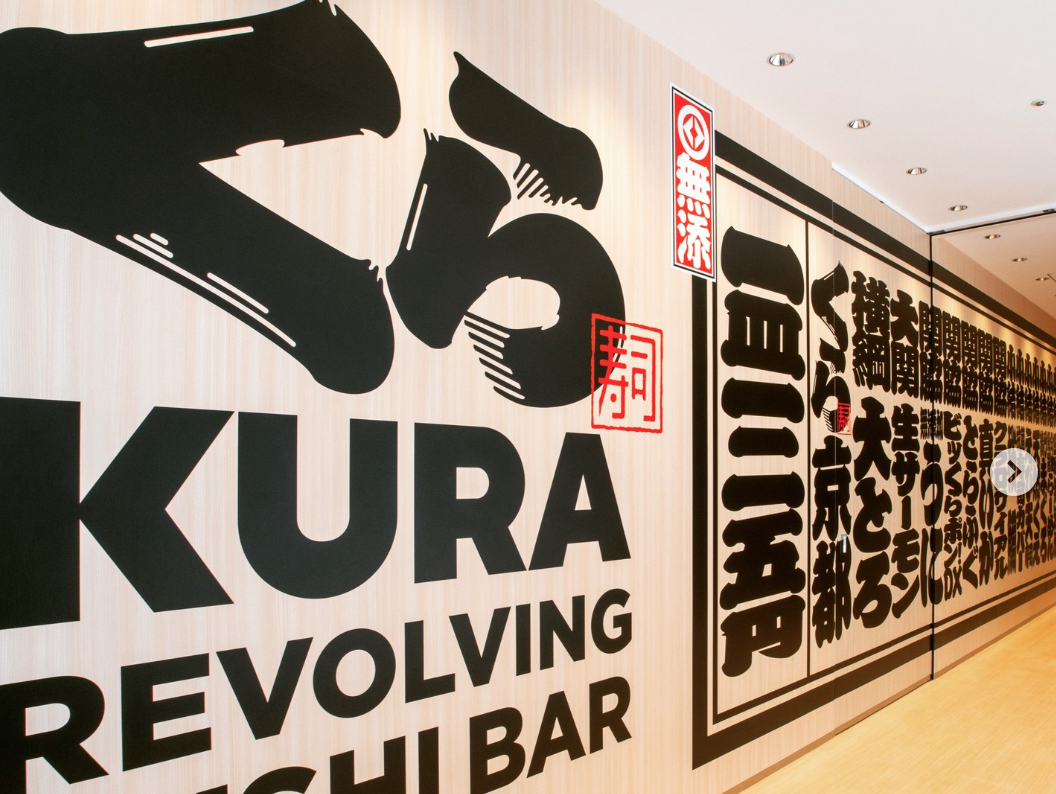
Kura Sushi Tambor Store
Sushi restaurant in Hyogo [SUSHILIVE comment] -


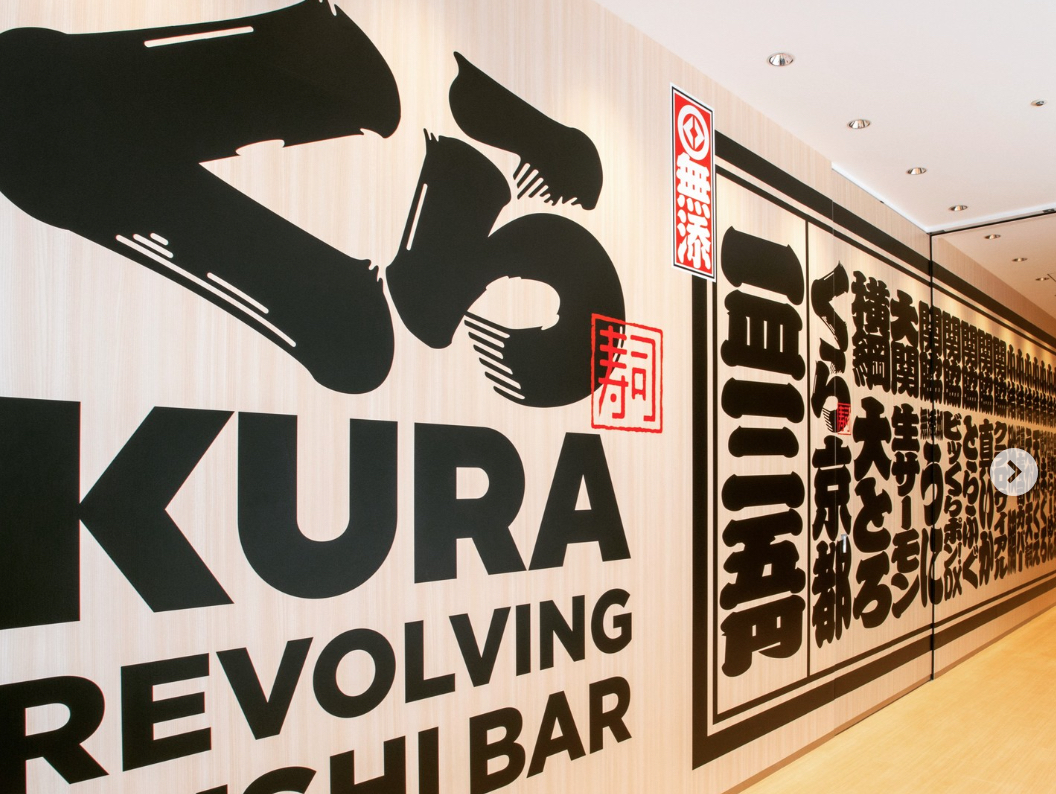
Kura Sushi Takinosha Store
Sushi restaurant in Hyogo [SUSHILIVE comment] -


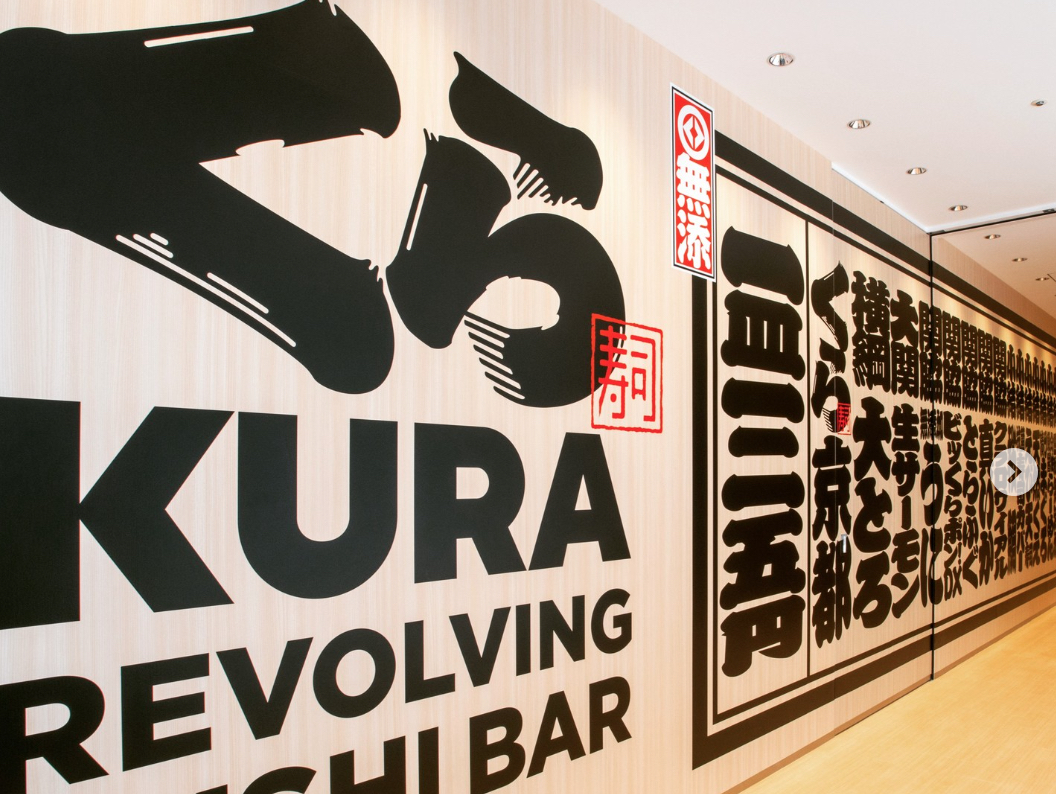
Kura Sushi Toyooka Store
Sushi restaurant in Hyogo [SUSHILIVE comment] -


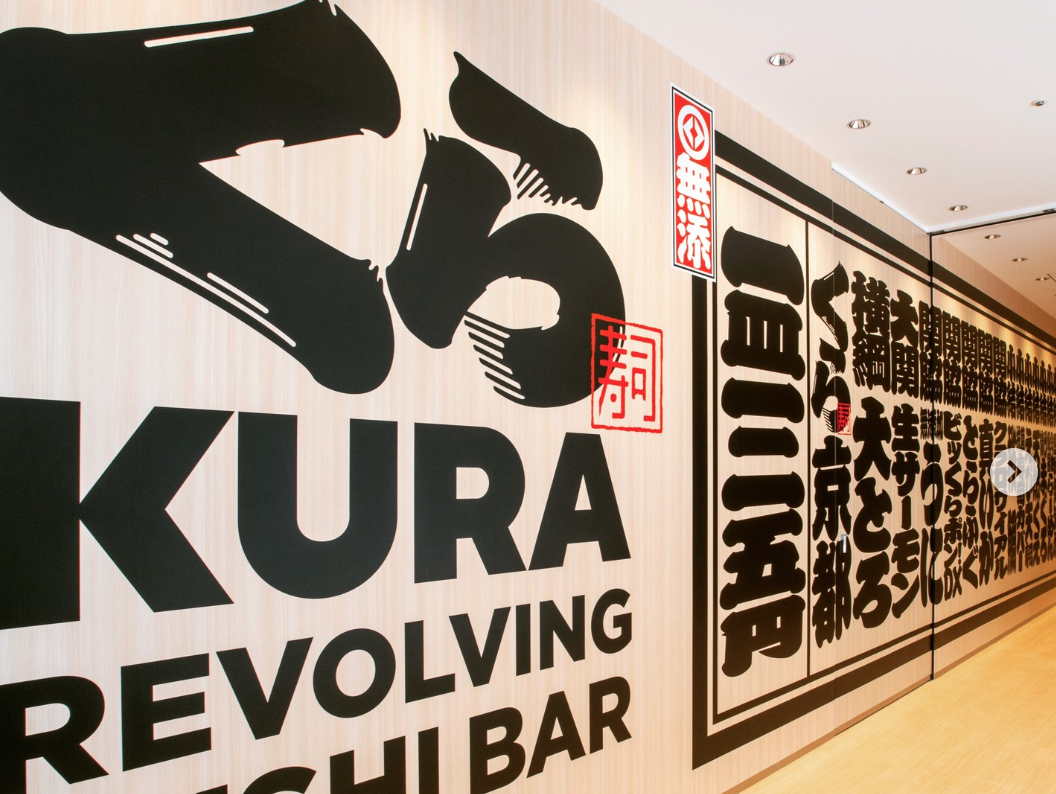
Kura Sushi Nitori Koshien
Sushi restaurant in Hyogo [SUSHILIVE comment]
Characteristics of Hyogo’s Cuisine
“Blessings of the Mountains and Seas, a Treasure Trove of Food Culture, Hyogo
Hyogo Prefecture, surrounded by mountains, vast plains, and rich seas, boasts diverse terrain and climate, nurturing various ingredients from ancient times. It is home to nationally famous products such as the plentiful seafood of the Sea of Japan, oysters and sea bream from the warm Seto Inland Sea, onions and figs from Awaji Island, and Tamba chestnuts, supporting the essential foundation of Hyogo’s food culture.
The Food Culture Woven by History and Culture
Hyogo has flourished as a central region of the Kinki area since ancient times, forming its unique food culture while receiving cultural influences from the continent and the Korean Peninsula. For instance, “Kobe Beef,” one of Japan’s three major Wagyu brands, originated in the Meiji era through the crossbreeding of foreign and Japanese cattle. Additionally, the region boasts numerous traditional local dishes dating back to the Edo period. Bota-nabe, a hot pot dish from the Banshu area made with wild boar meat and vegetables simmered in miso, is cherished as a nourishing winter dish. Thus, Hyogo’s food culture embodies the profound charm woven by its history and culture.
Sushi and Hyogo
Hyogo plays a deeply connected role in the history of sushi. During the Edo period, sea bream caught in the area now known as Akashi was presented to the upper regions (present-day Osaka and Kyoto) as “Akashi sea bream,” prized as a luxury ingredient. Also, in the late Edo period, “pressed sushi” originated around what is now Kobe. Pressed sushi, made by layering vinegared rice with seafood or vegetables and then pressing it in a wooden mold, became popular among travelers and fishermen for its portability and ease of preservation. Thus, Hyogo has played a significant role in the history of sushi, having given birth to pressed sushi, considered one of the roots of sushi.
Hyogo’s Sushi
Hyogo’s relationship with sushi’s history runs deep. Akashi sea bream from the Edo period was a luxurious ingredient presented to the upper regions. Additionally, the late Edo period saw the birth of pressed sushi in the Kobe area. Nowadays, you can enjoy various types of sushi in Hyogo, such as “Akashi Sushi” using fresh Akashi sea bream, “Himeji Sushi” with conger eel and egg in pressed form, and “Awaji Island Sushi” featuring island ingredients. Recently, there has been an increase in establishments offering creative sushi with premium beef like Kobe and Tajima beef. Hyogo, with its rich natural and cultural history, is a fascinating region where you can enjoy a range of sushi, from traditional to modern.
Hyogo’s Specialty Products and Sushi
Hyogo’s diverse geography and climate have nurtured various ingredients over time. Regarding essential sushi ingredients like rice, the prefecture is known for “Yamada Nishiki,” a brand ideal for sake brewing and sushi rice, offering a plump texture and refined flavor. Seafood like “Akashi sea bream” and “Naruto Kintoki” sweet potato from the rich seas of Awaji Island pair excellently with sushi. These specialty products create unique Hyogo-flavored sushi loved by many. With the rise of creative sushi utilizing premium meats like Kobe and Tajima beef, Hyogo continues to be a captivating region for enjoying delicious sushi, nurtured by its rich natural, historical, and cultural heritage.
Challenges and the Future
Hyogo’s food culture, nurtured by its rich natural environment and history, faces challenges like population decline and aging, affecting the succession of traditional food culture. Overcoming these challenges requires conveying the appeal of Hyogo’s food culture to younger generations and inheriting traditional dishes. Adapting to changing times by incorporating new ingredients and cooking methods is also essential for further developing Hyogo’s food culture. As a region rich in nature, history, and culture, Hyogo is expected to continue preserving its traditions while embracing new challenges, making its food culture more widely known and loved.”

